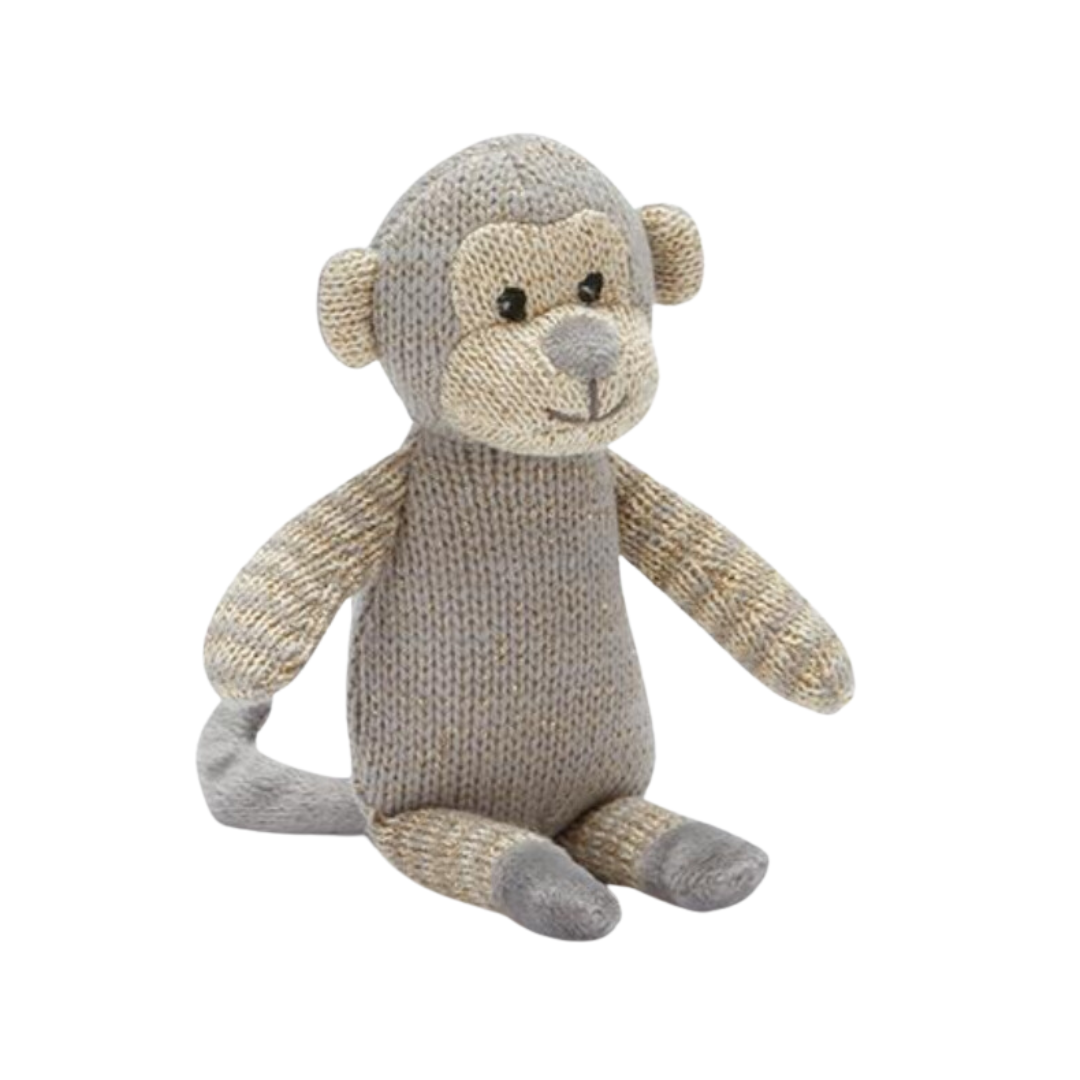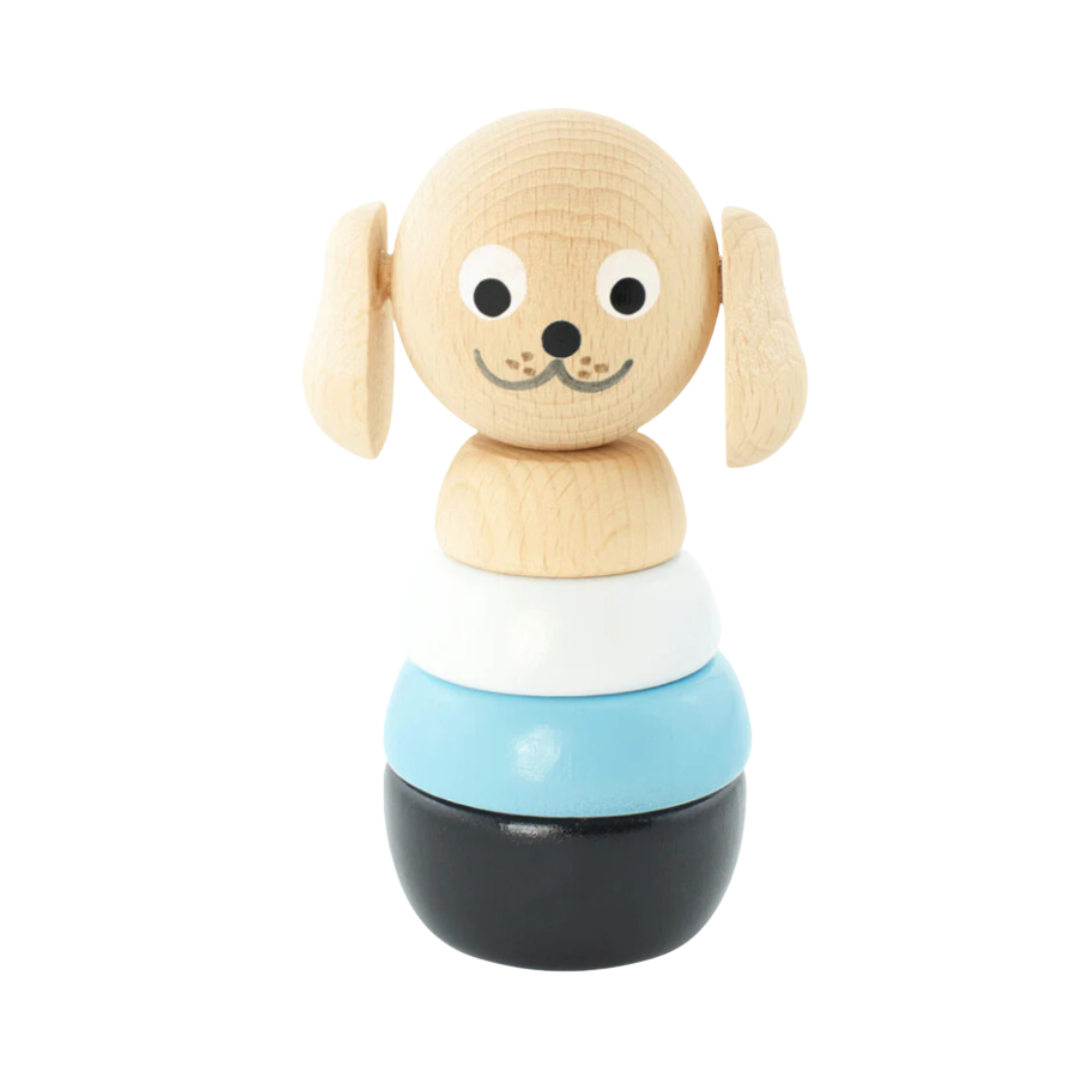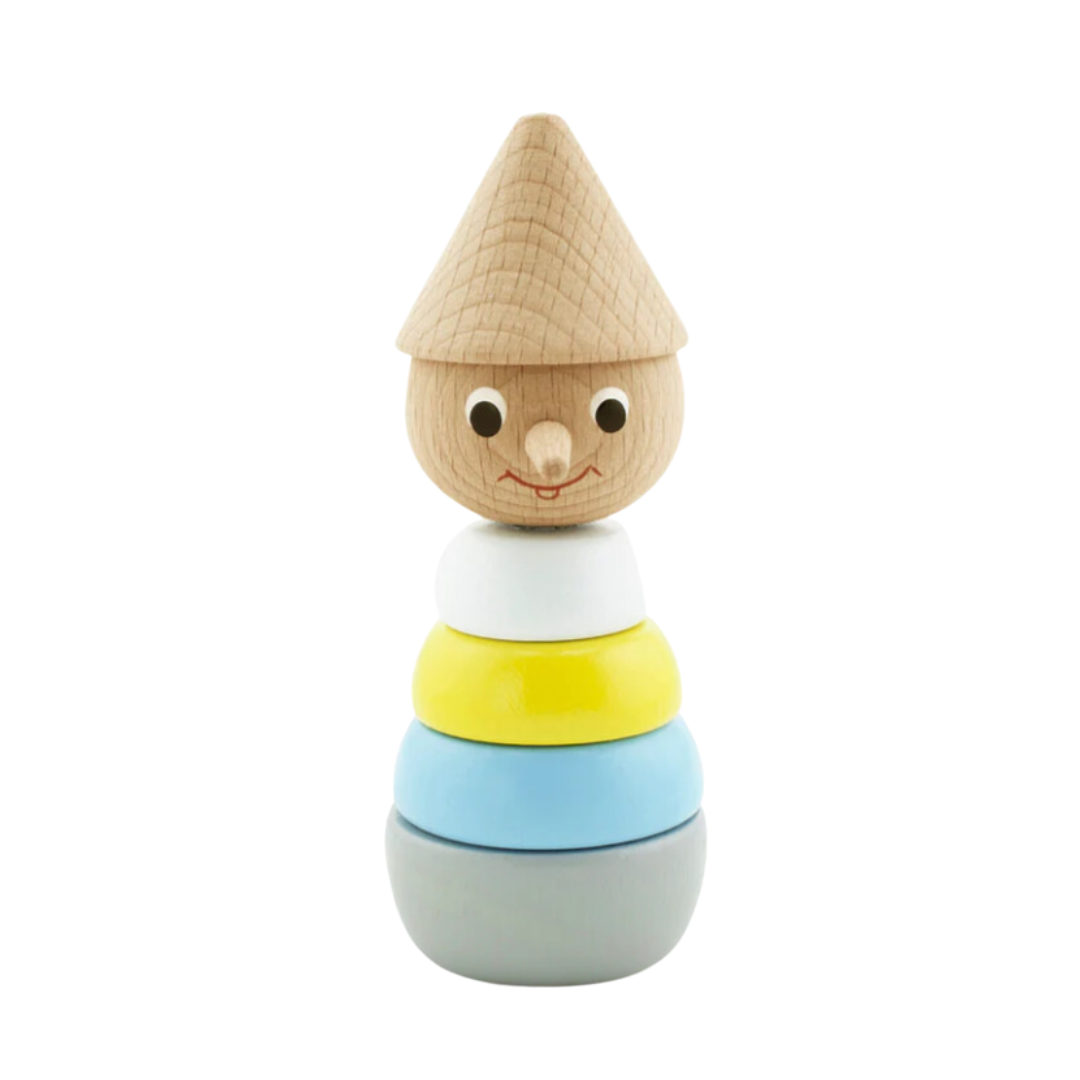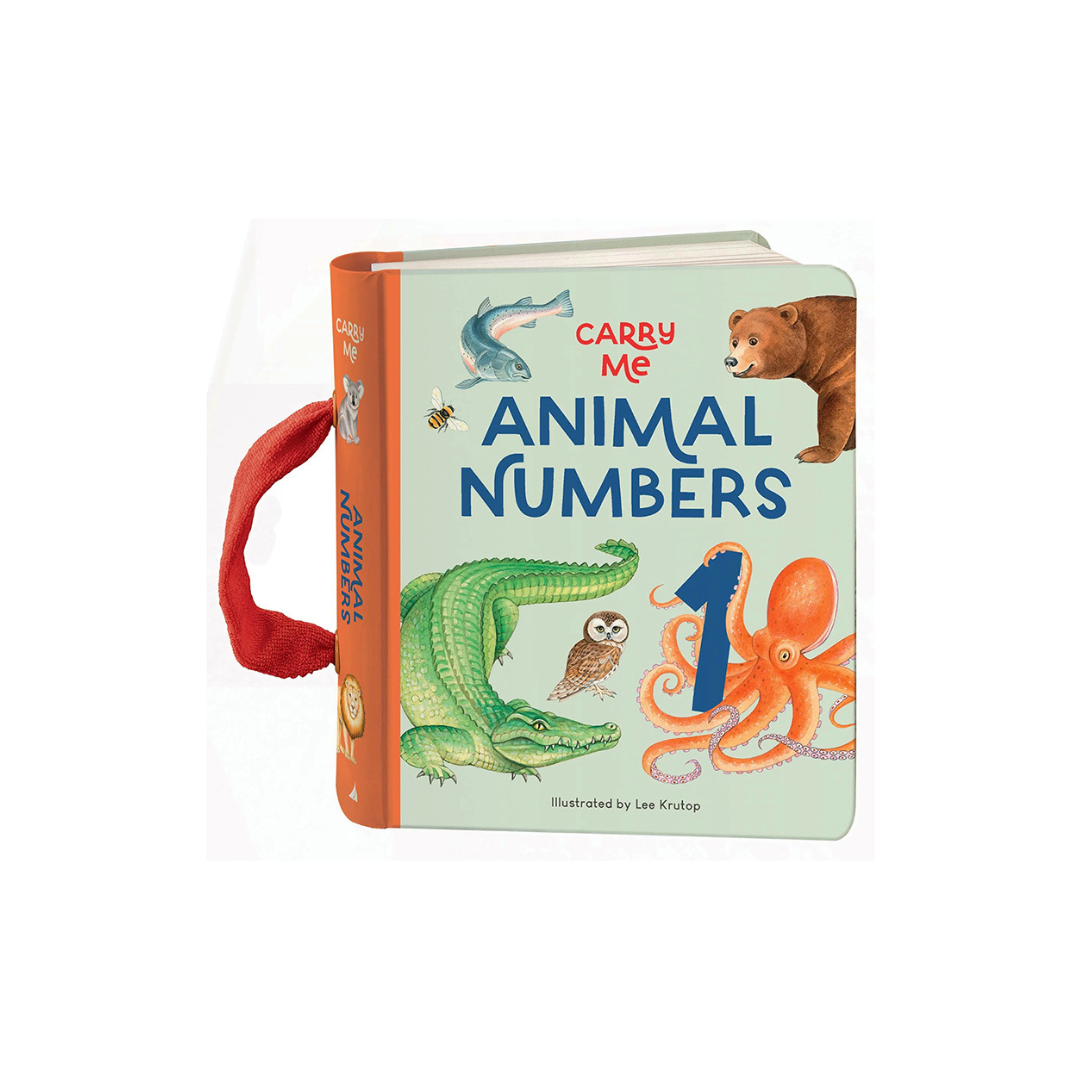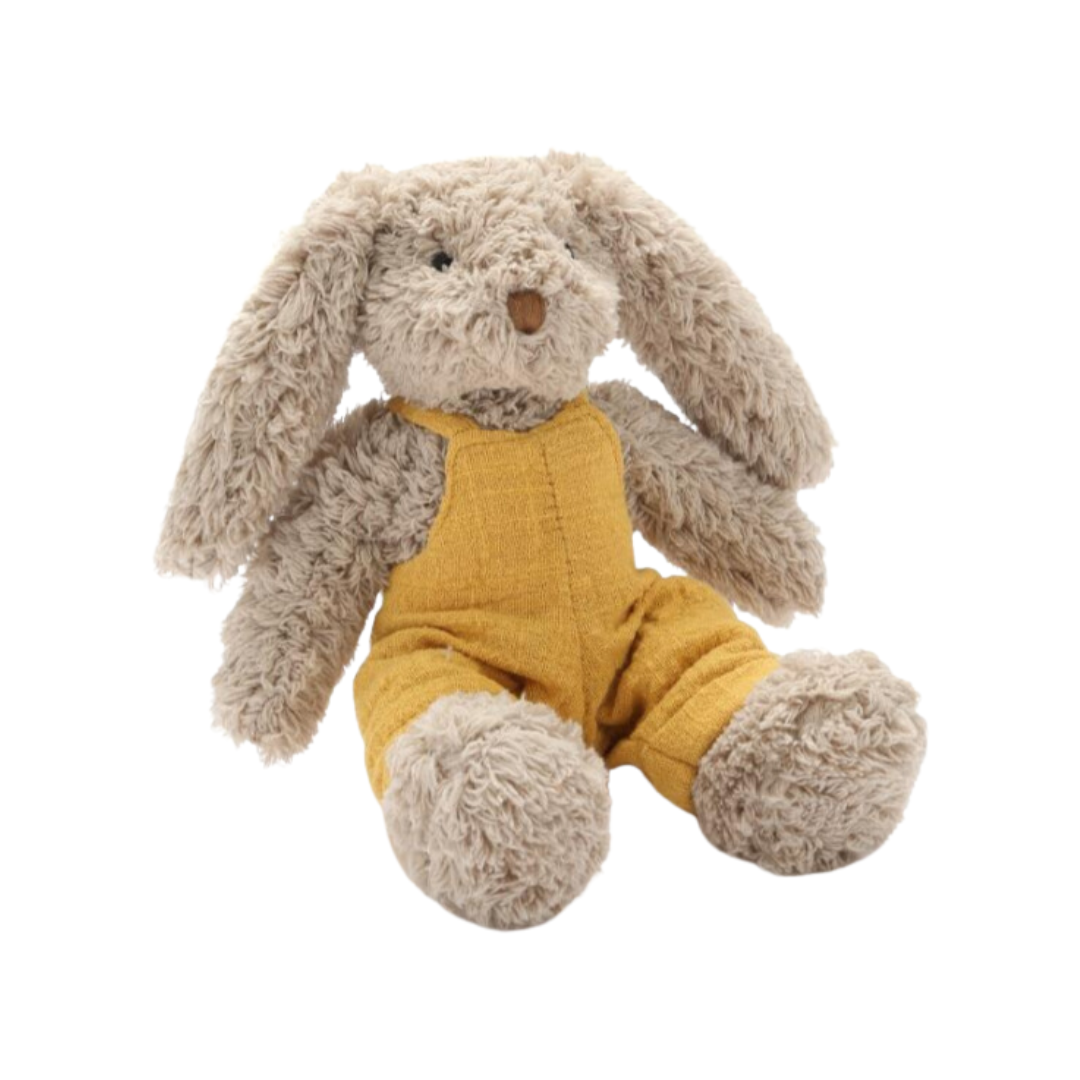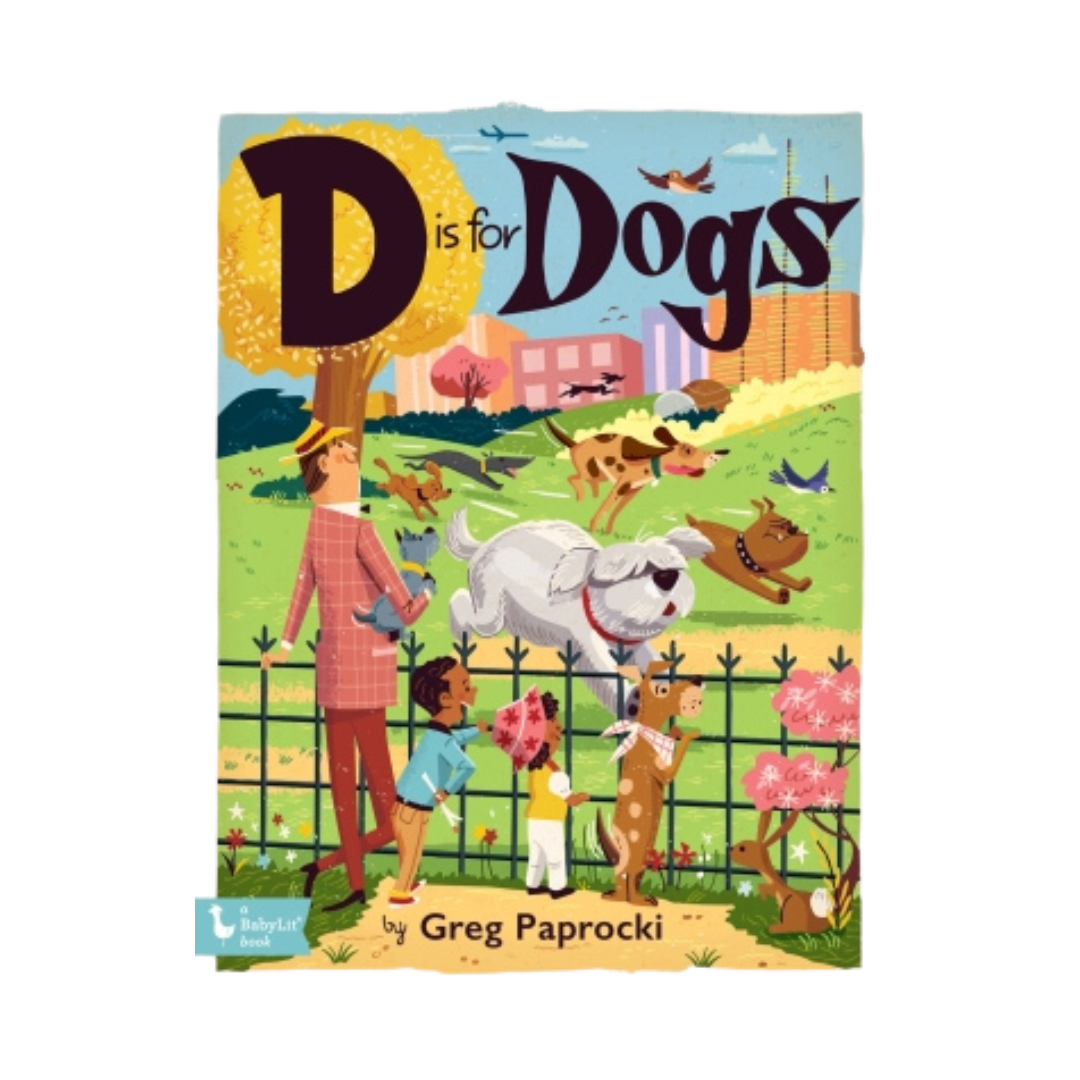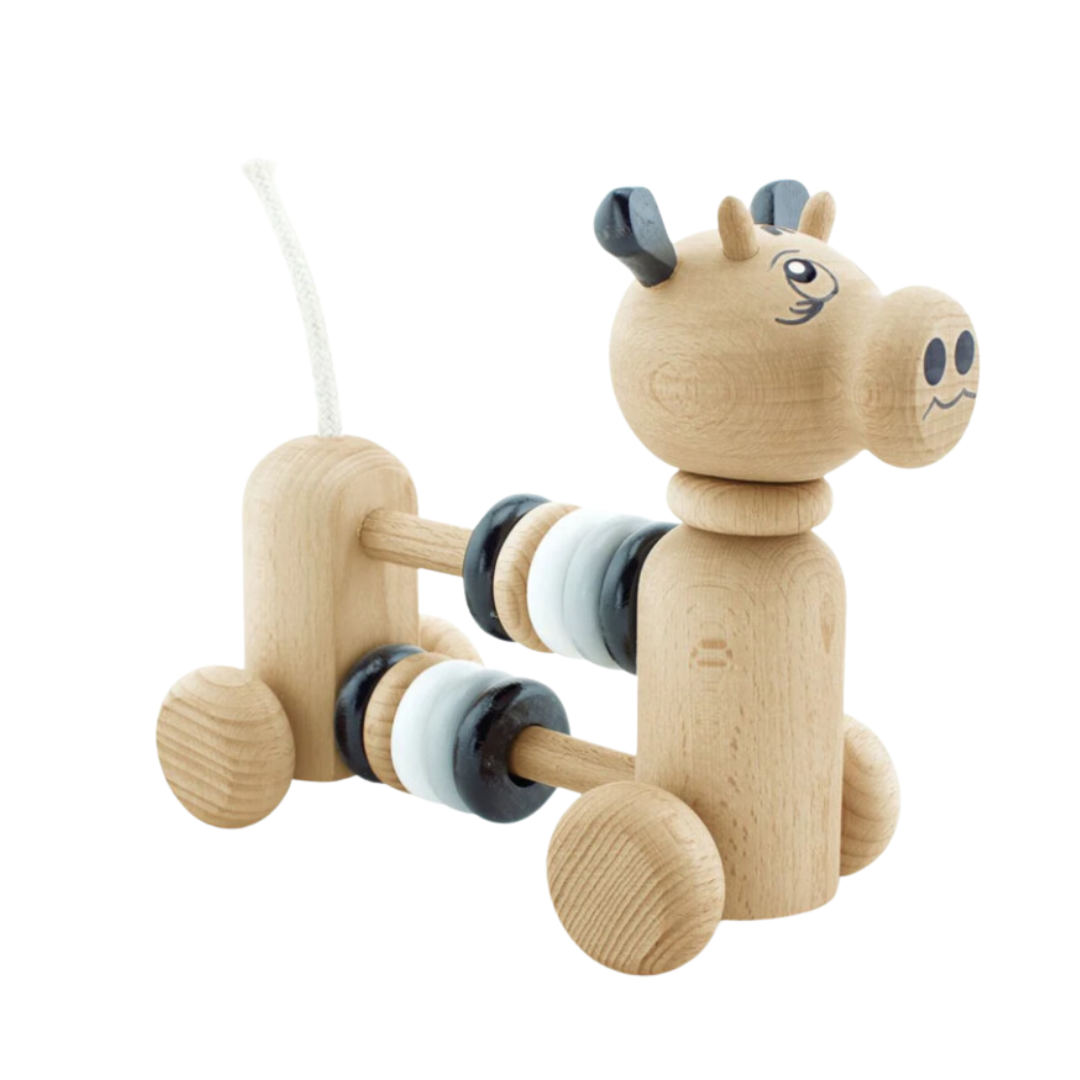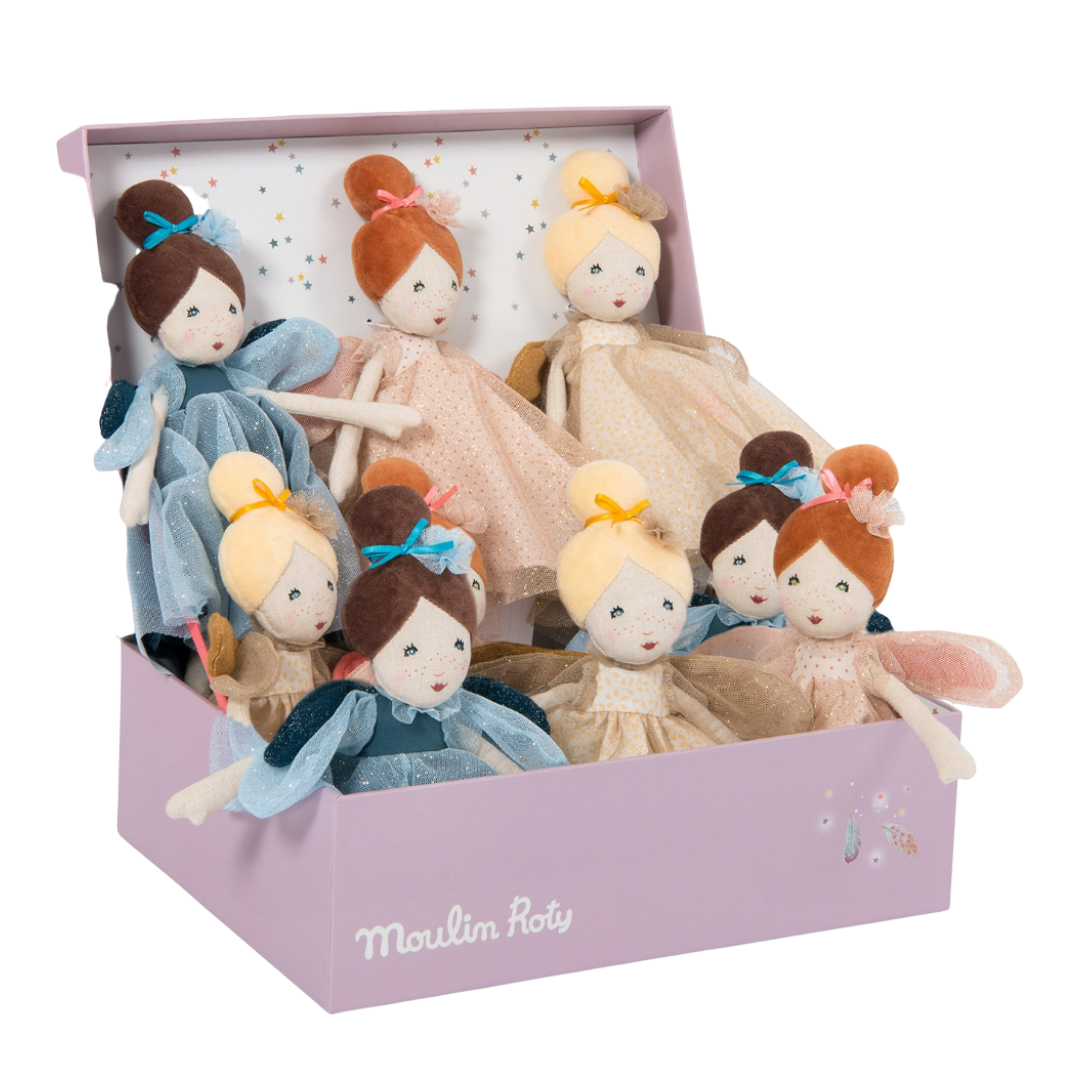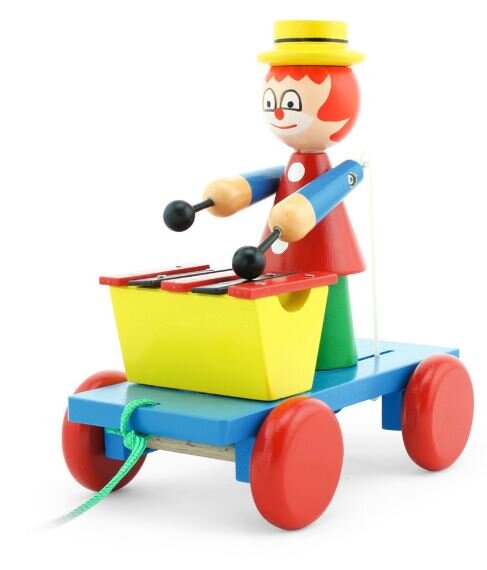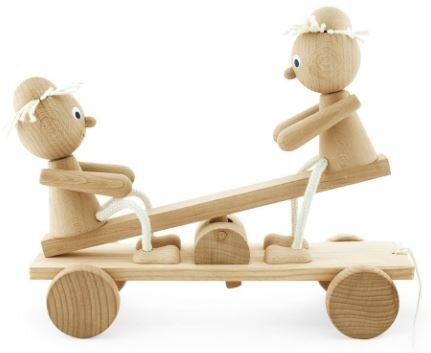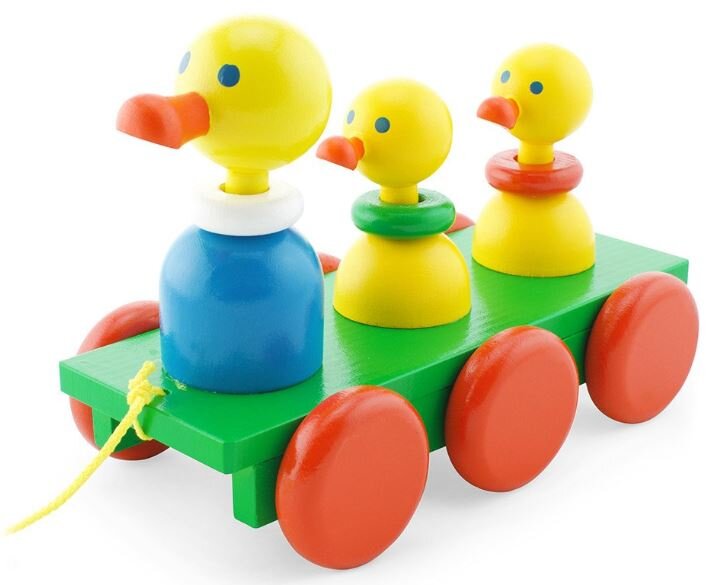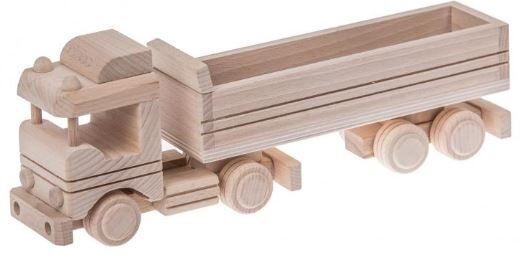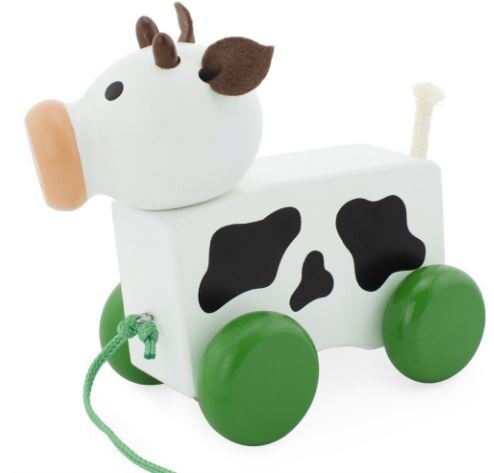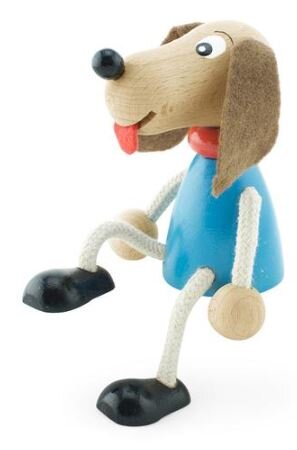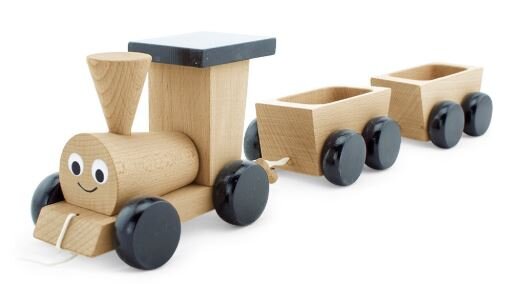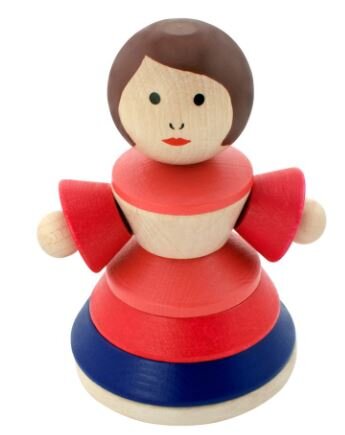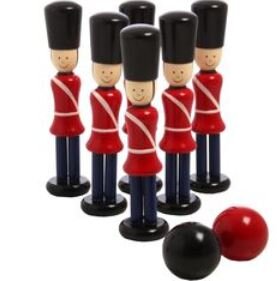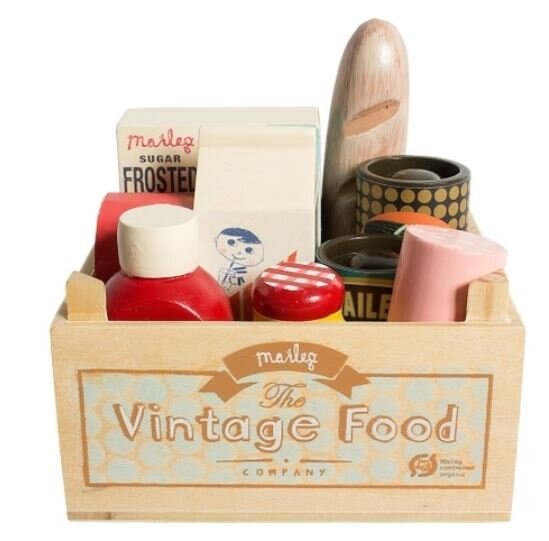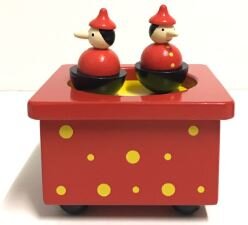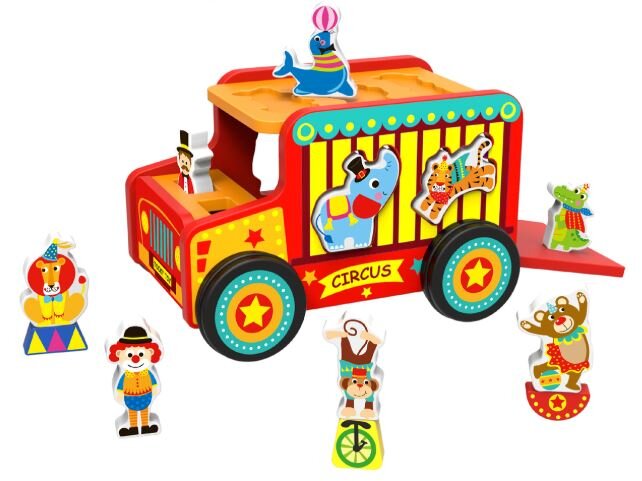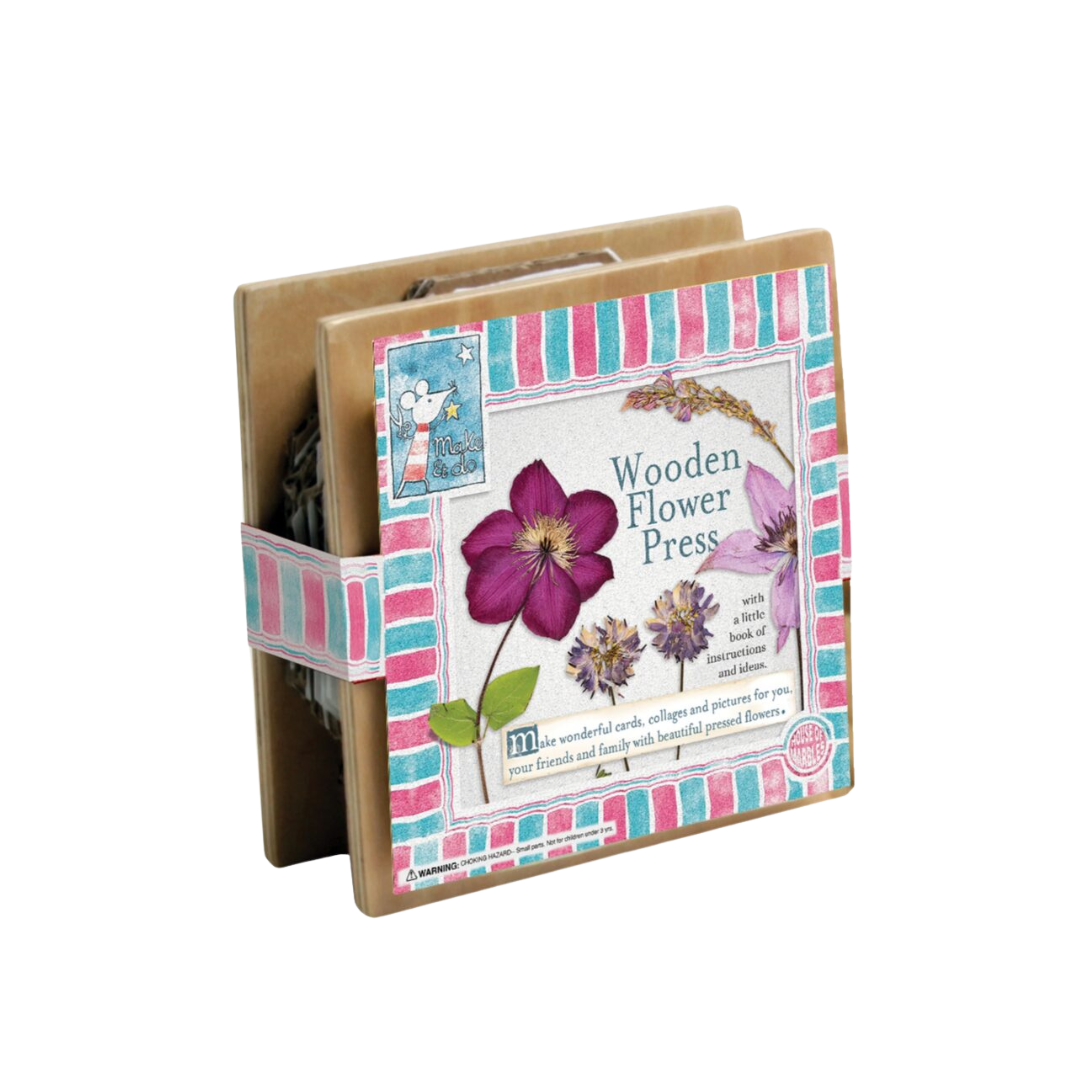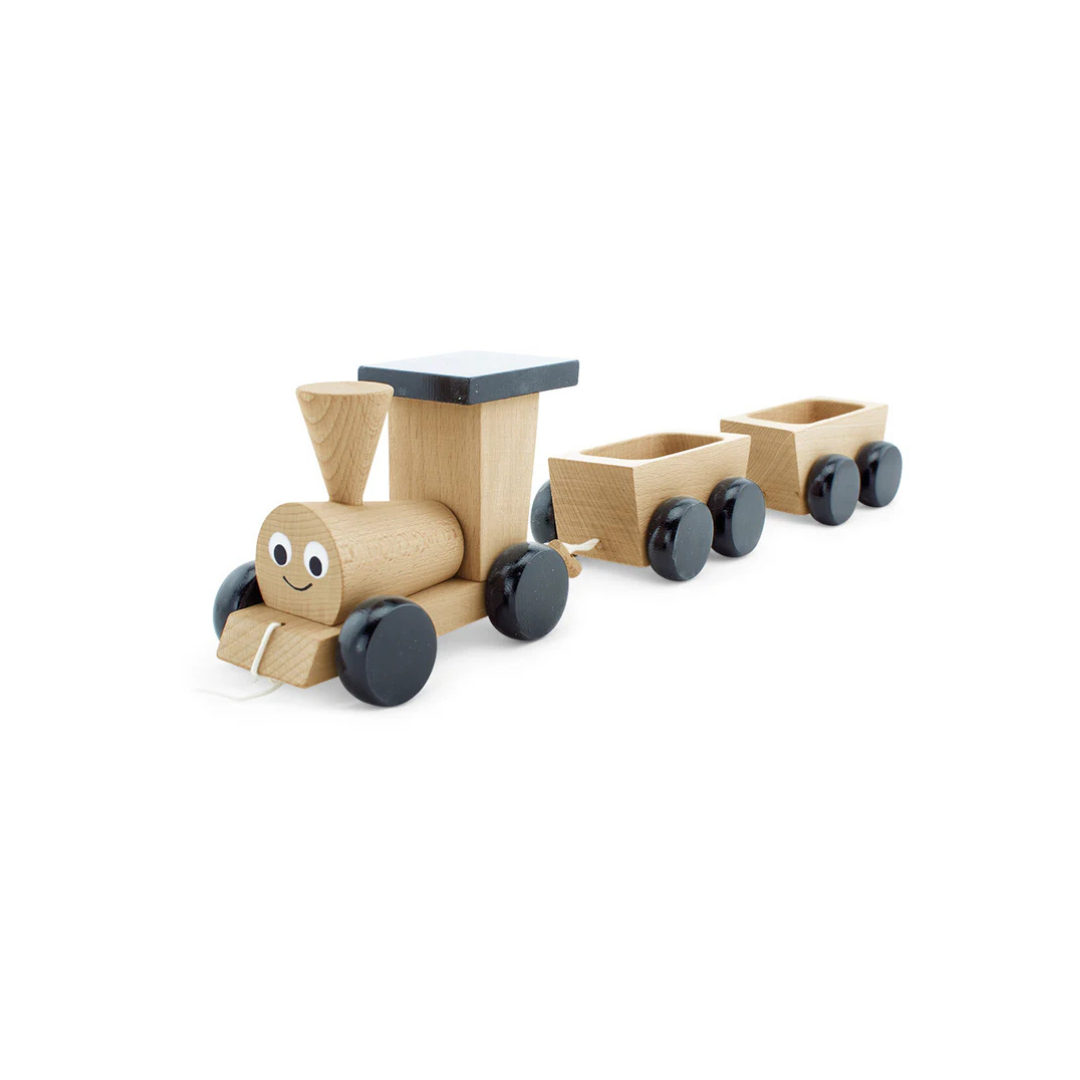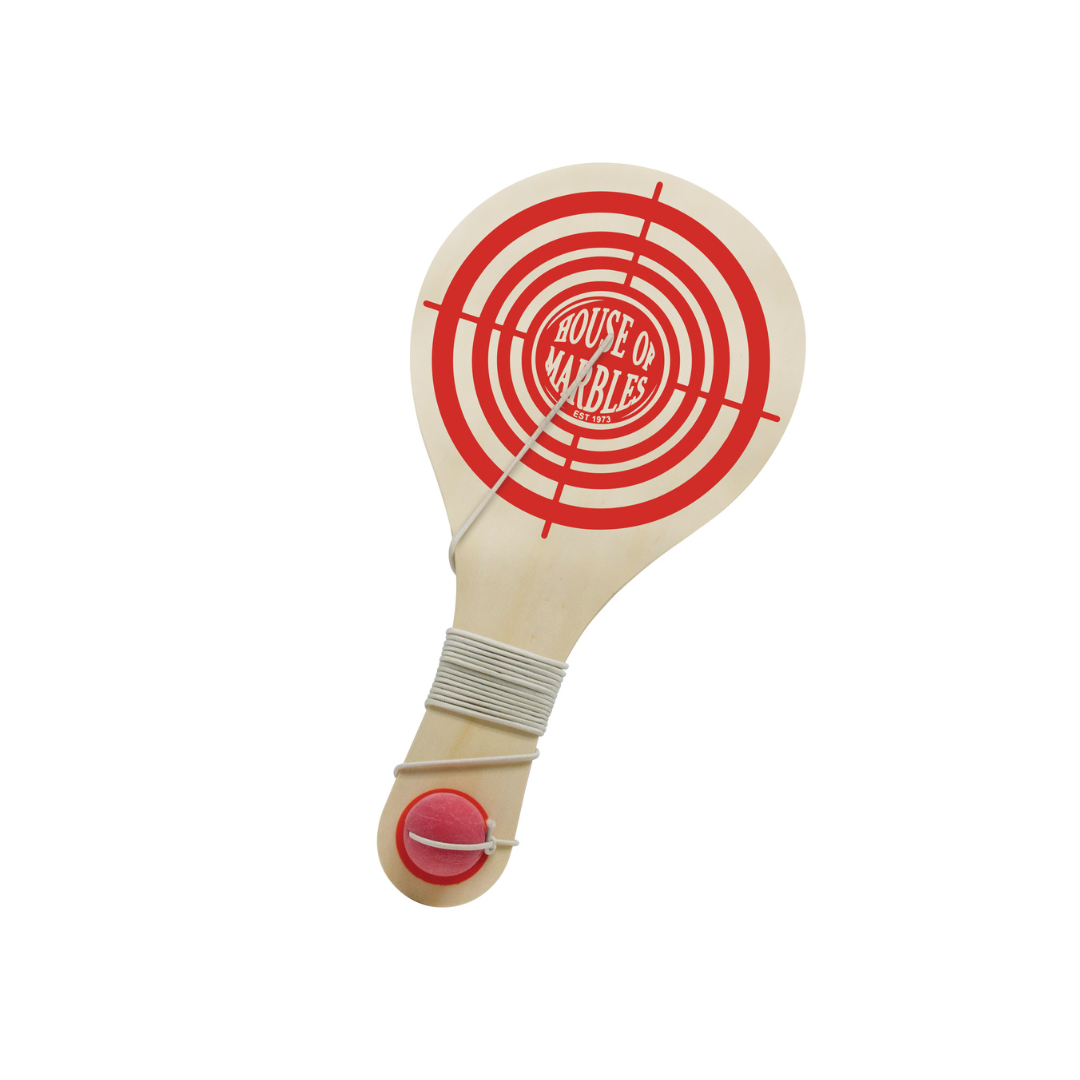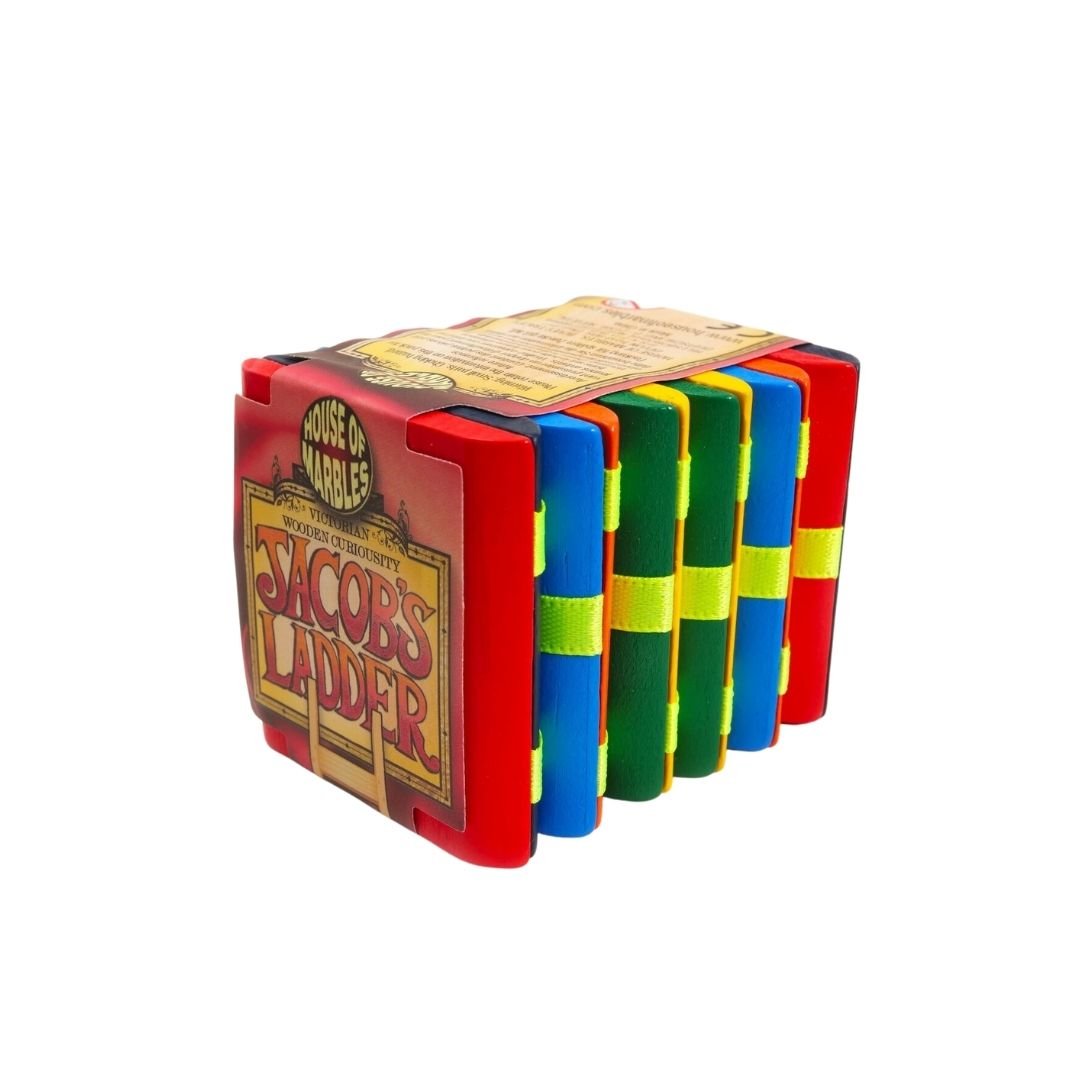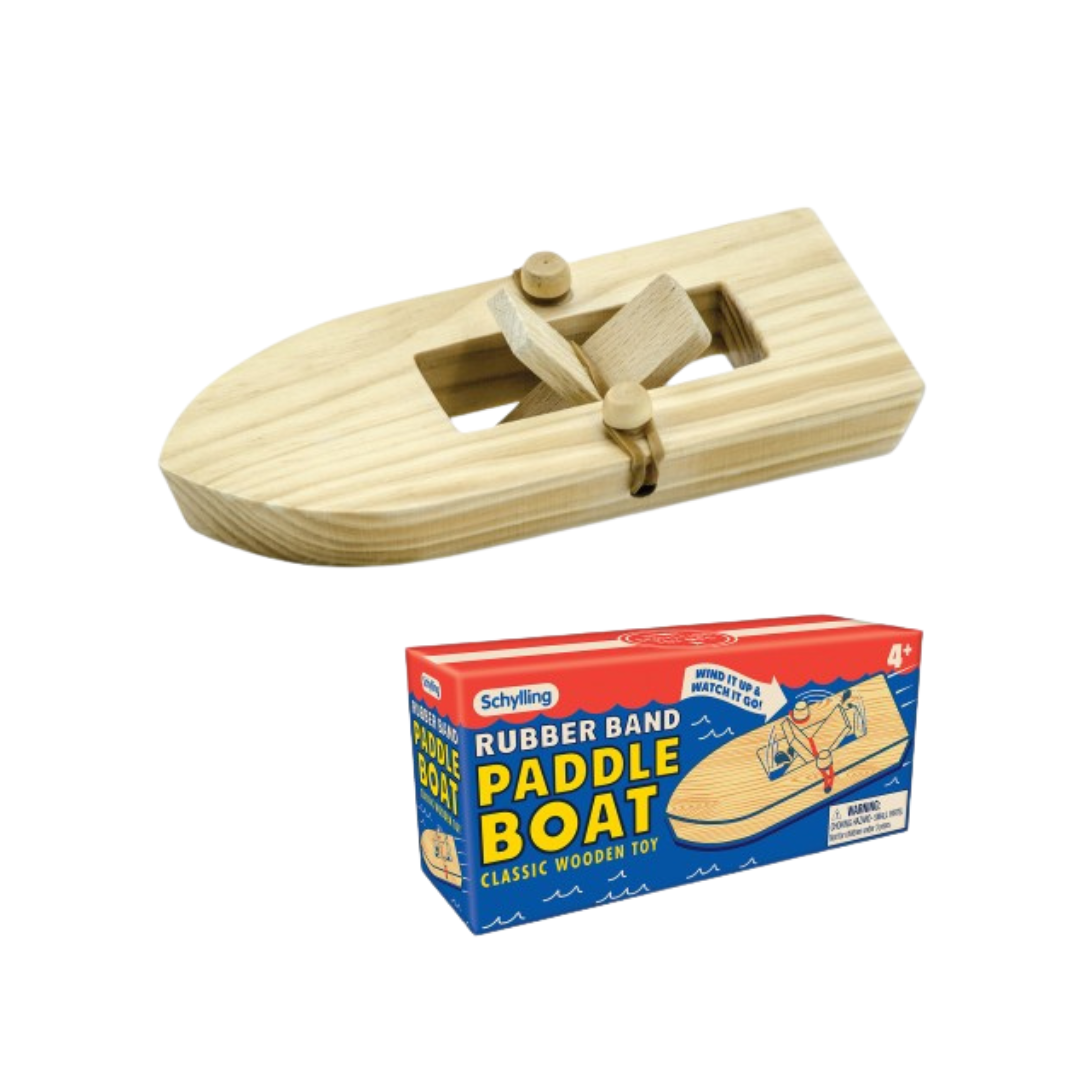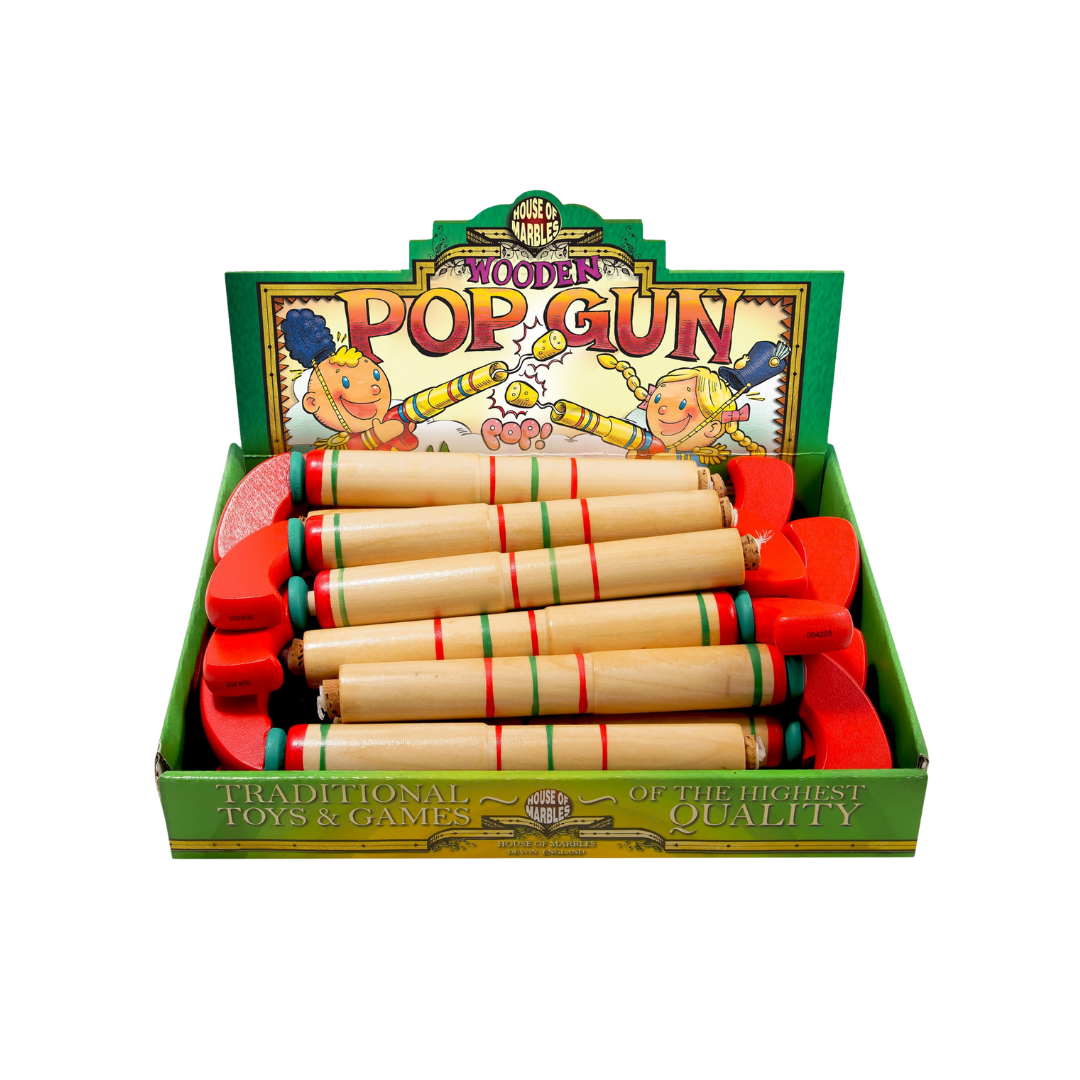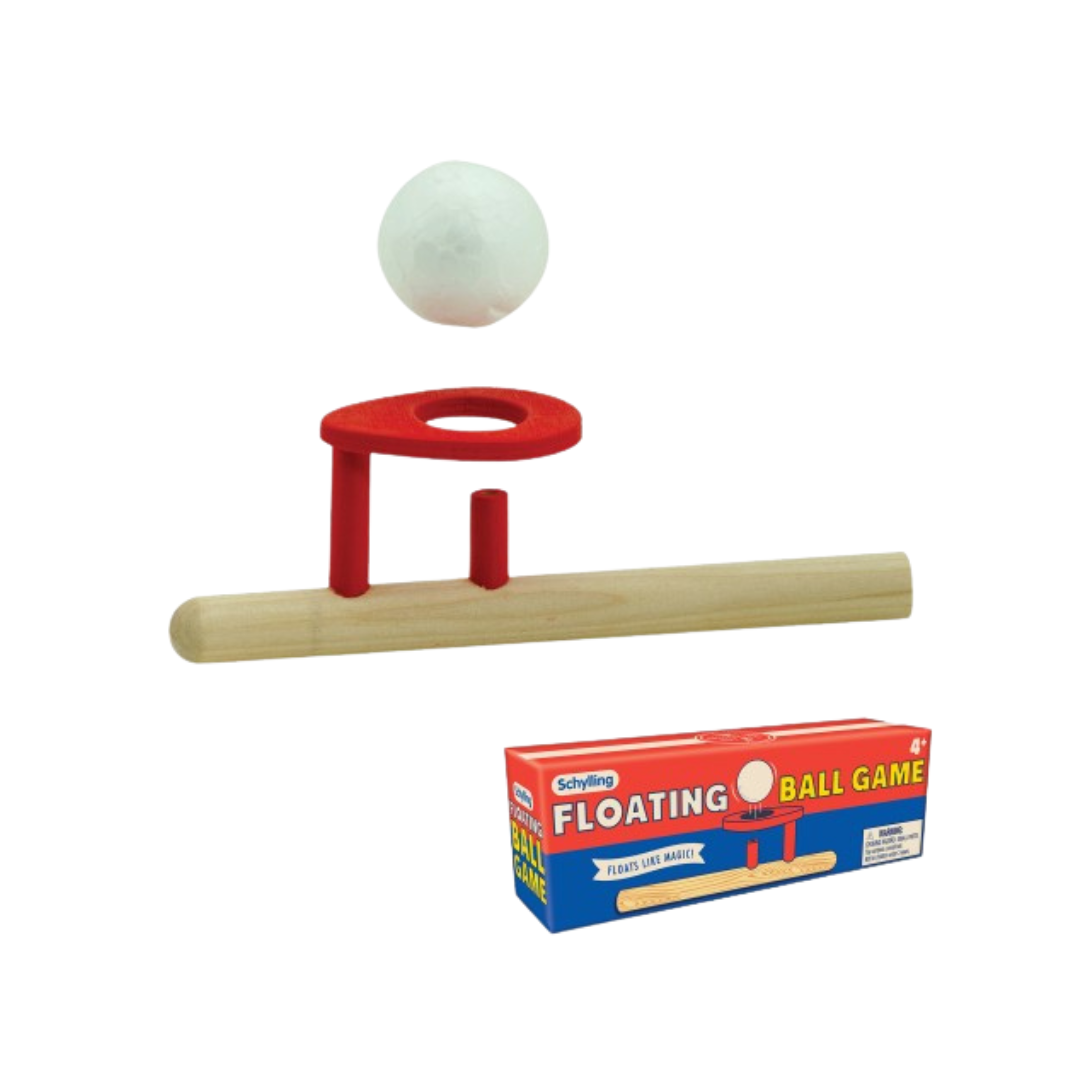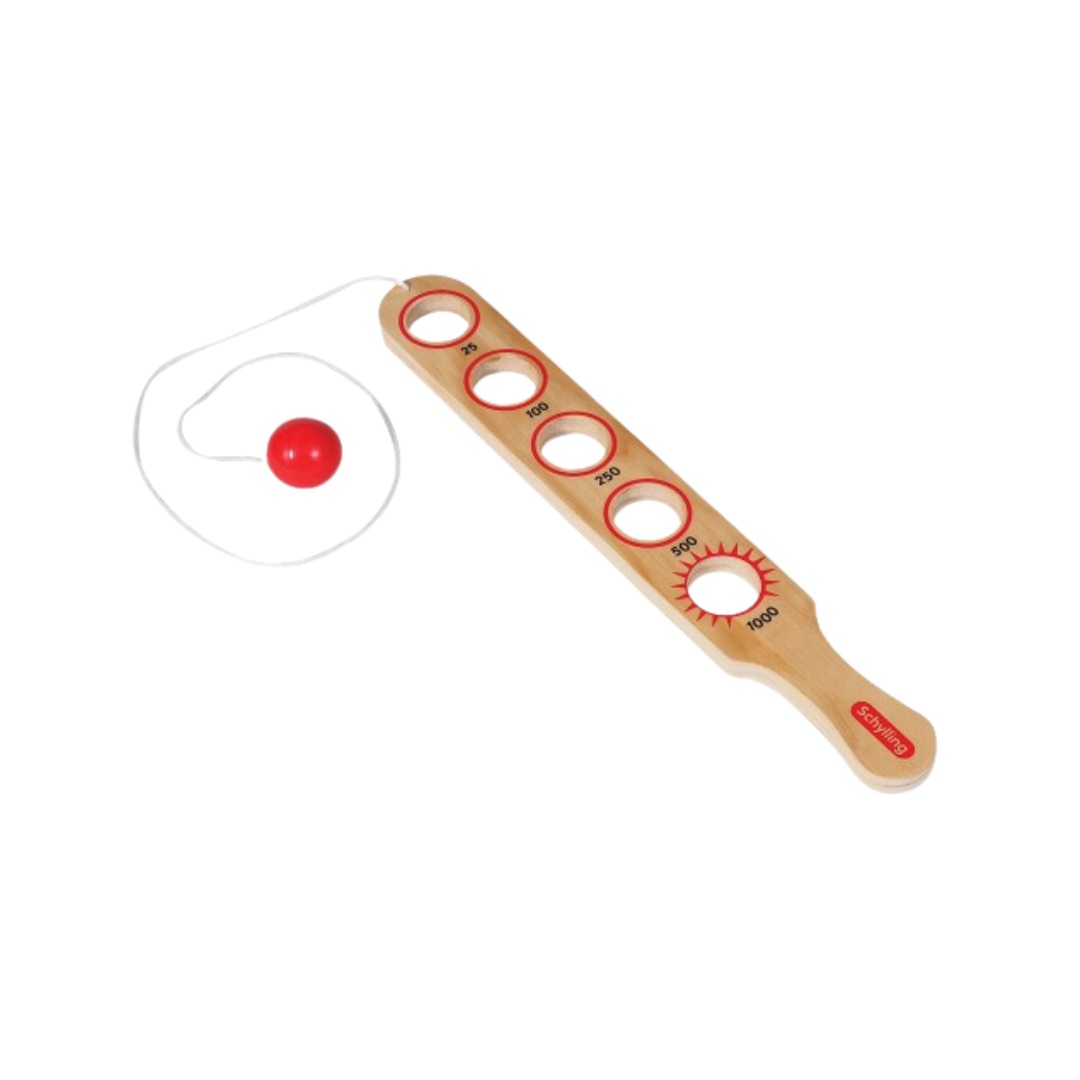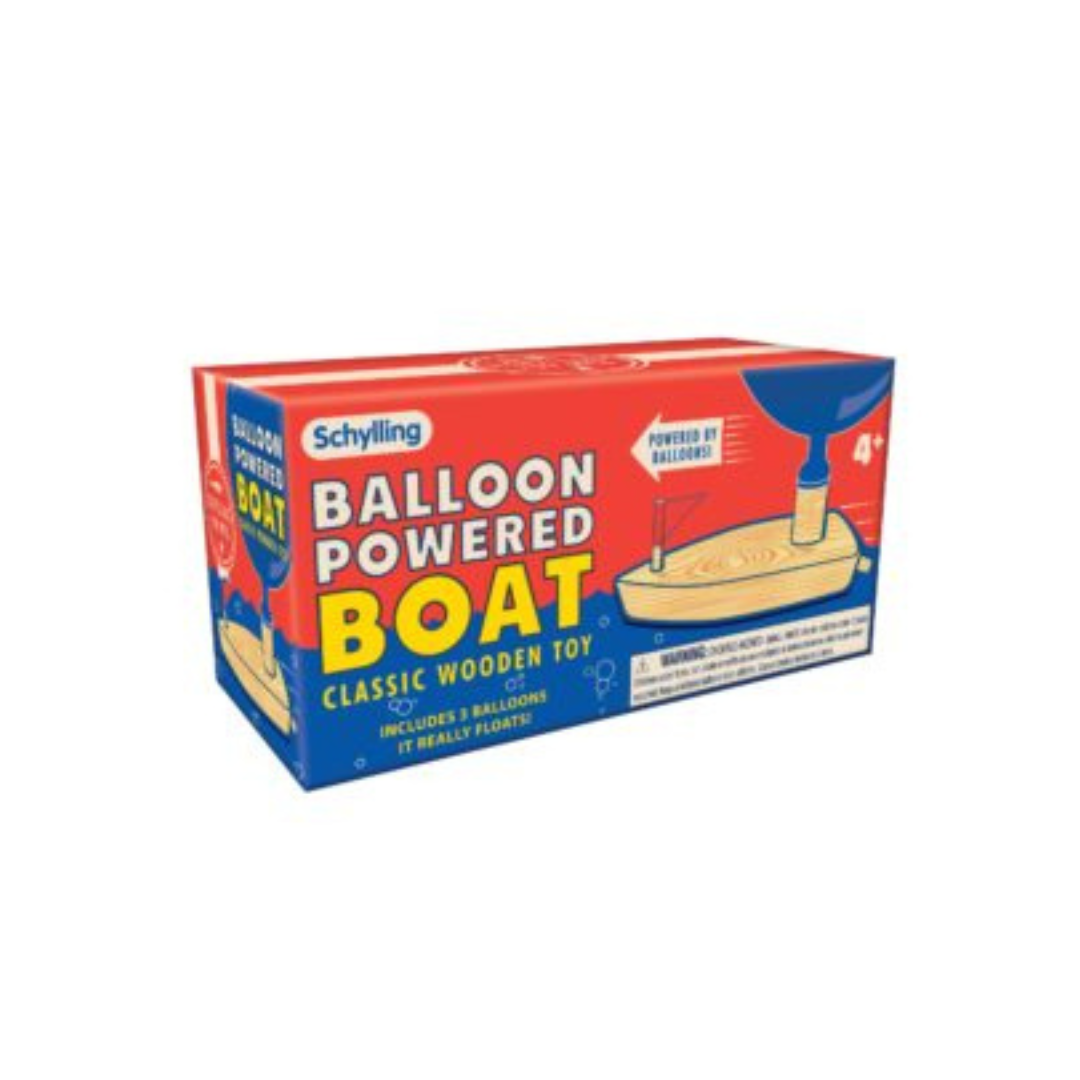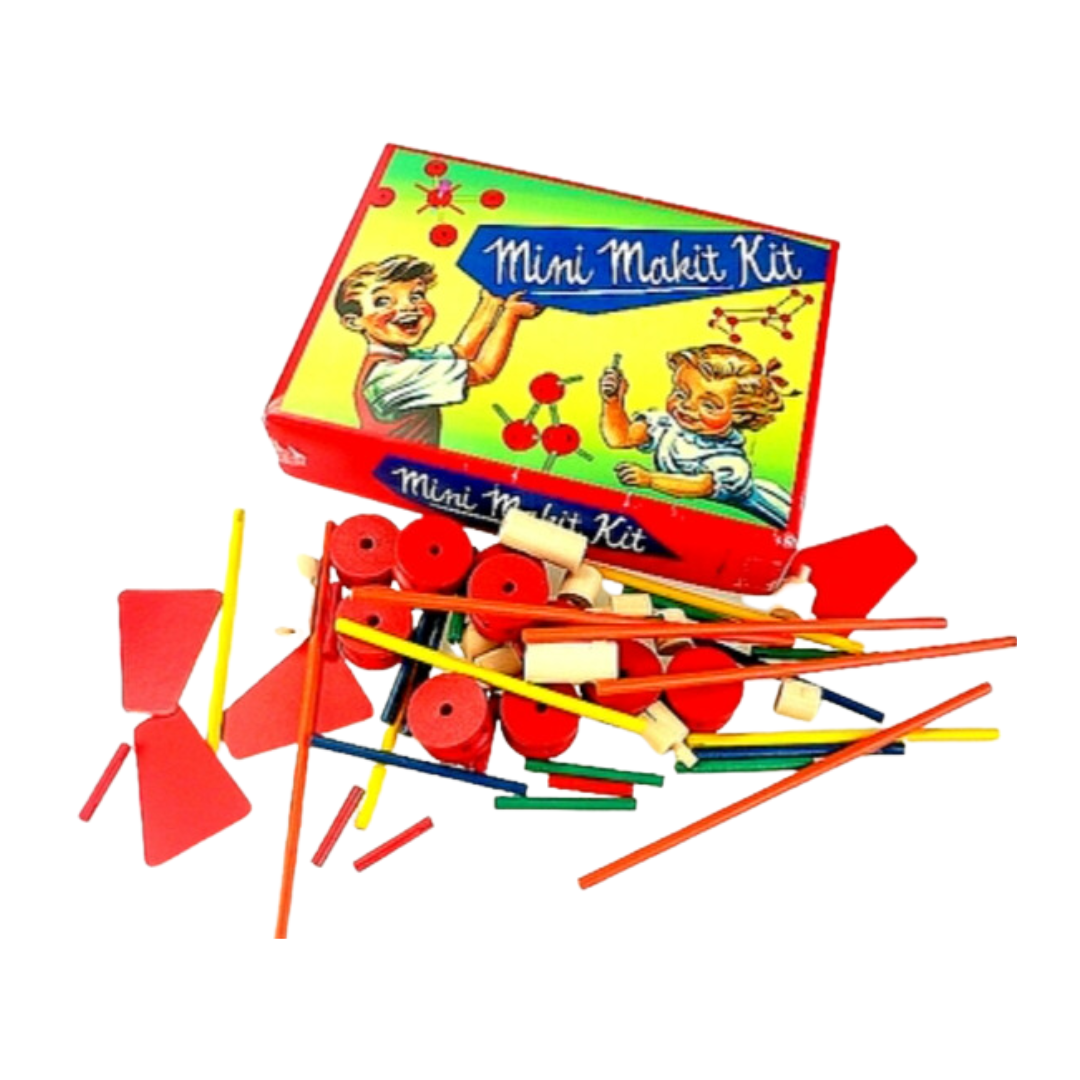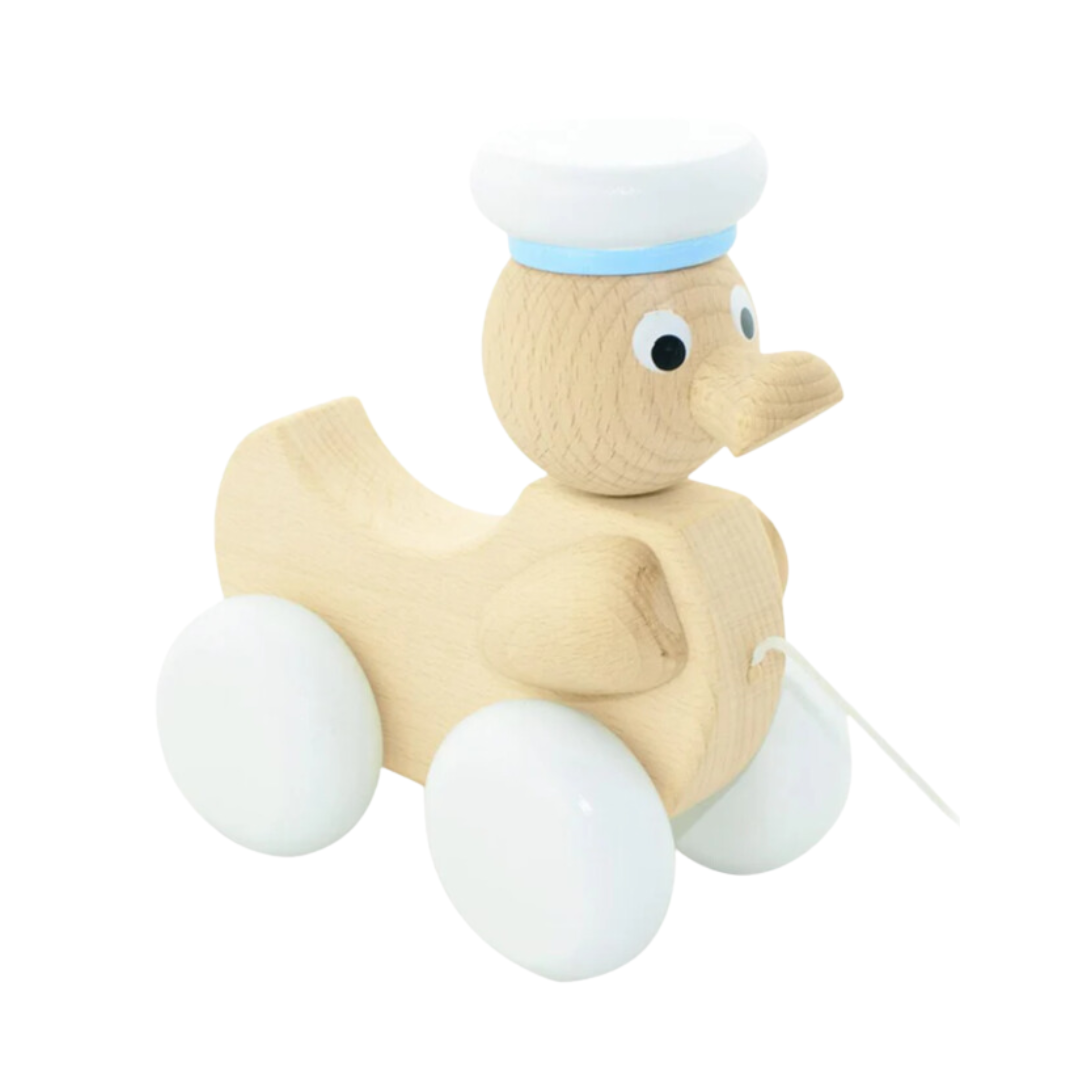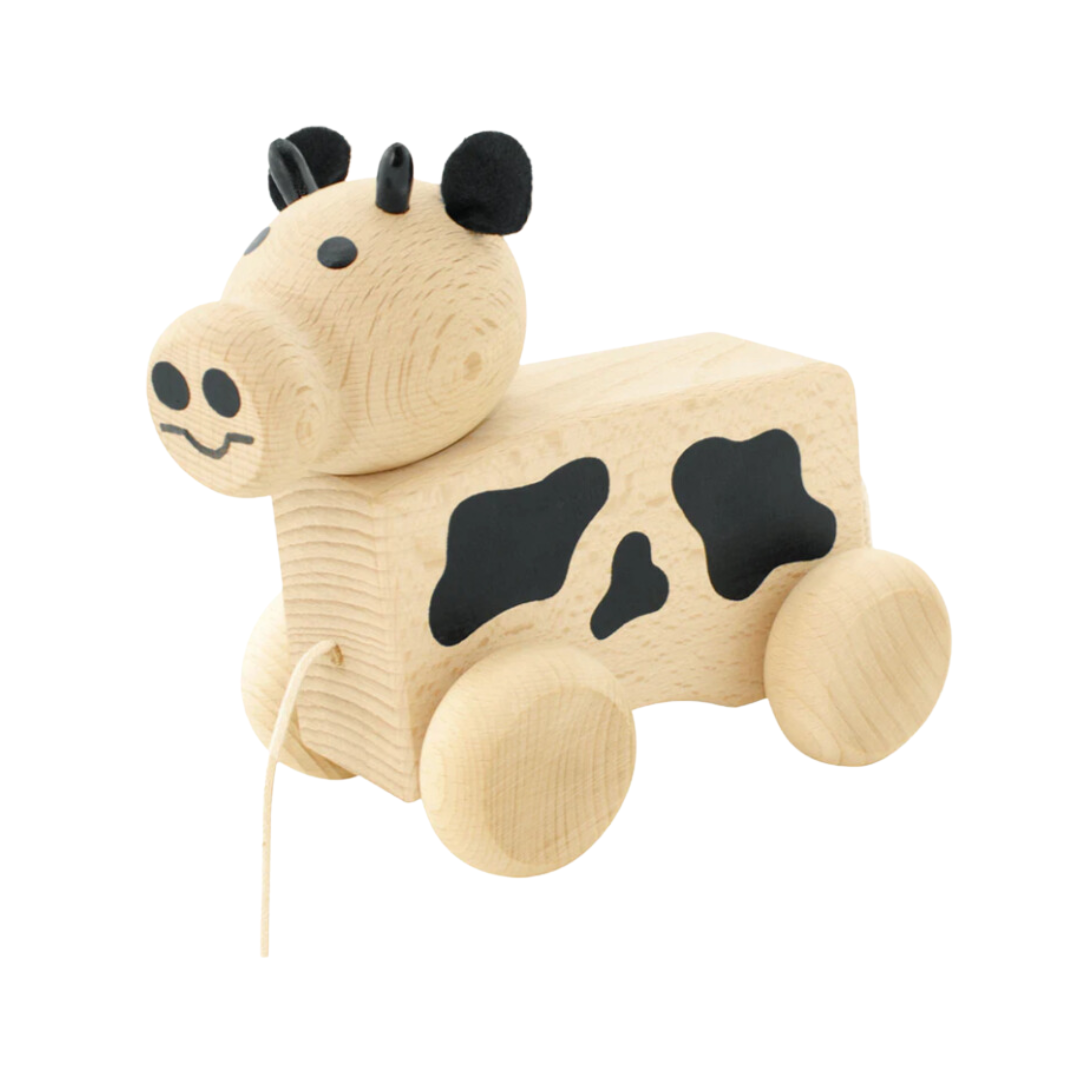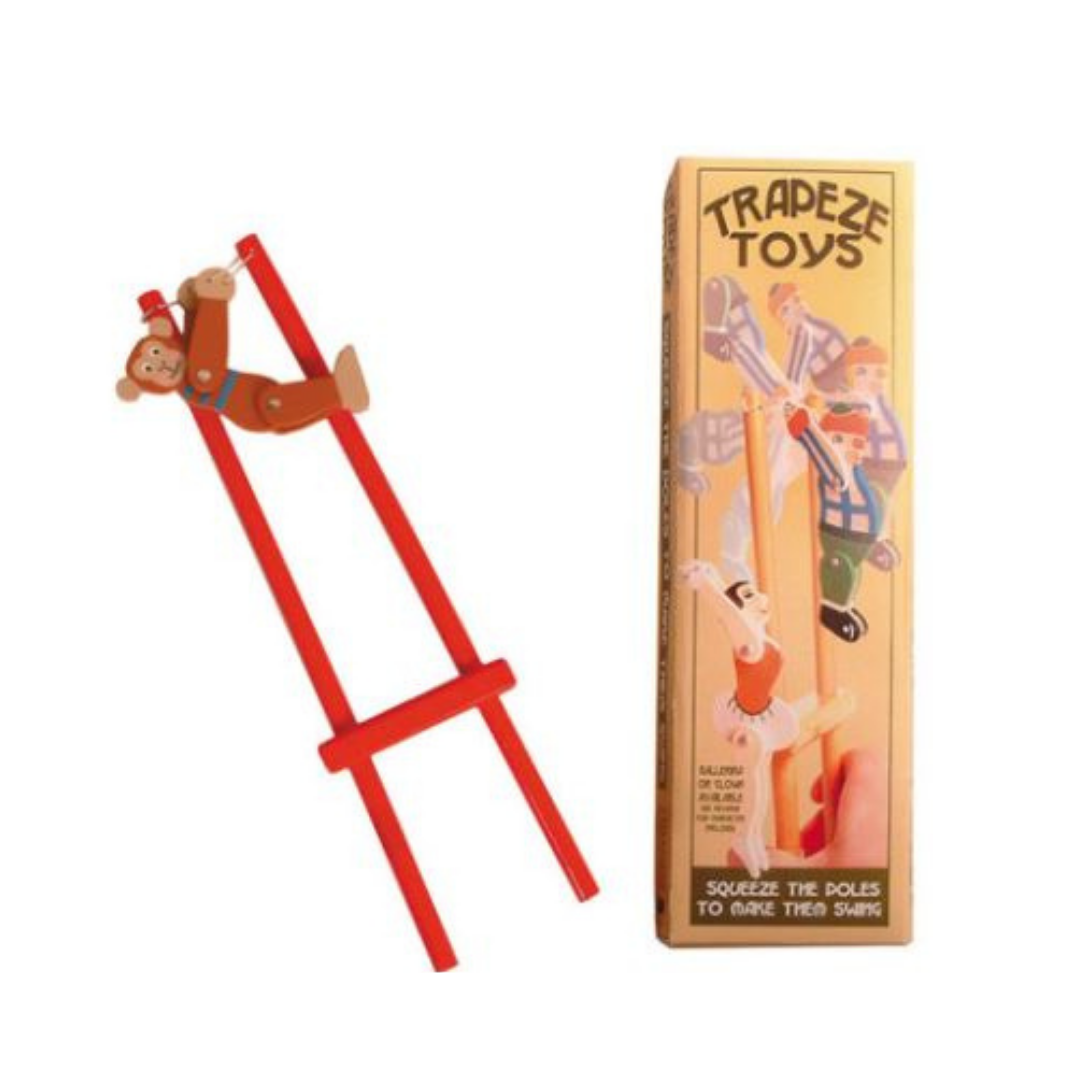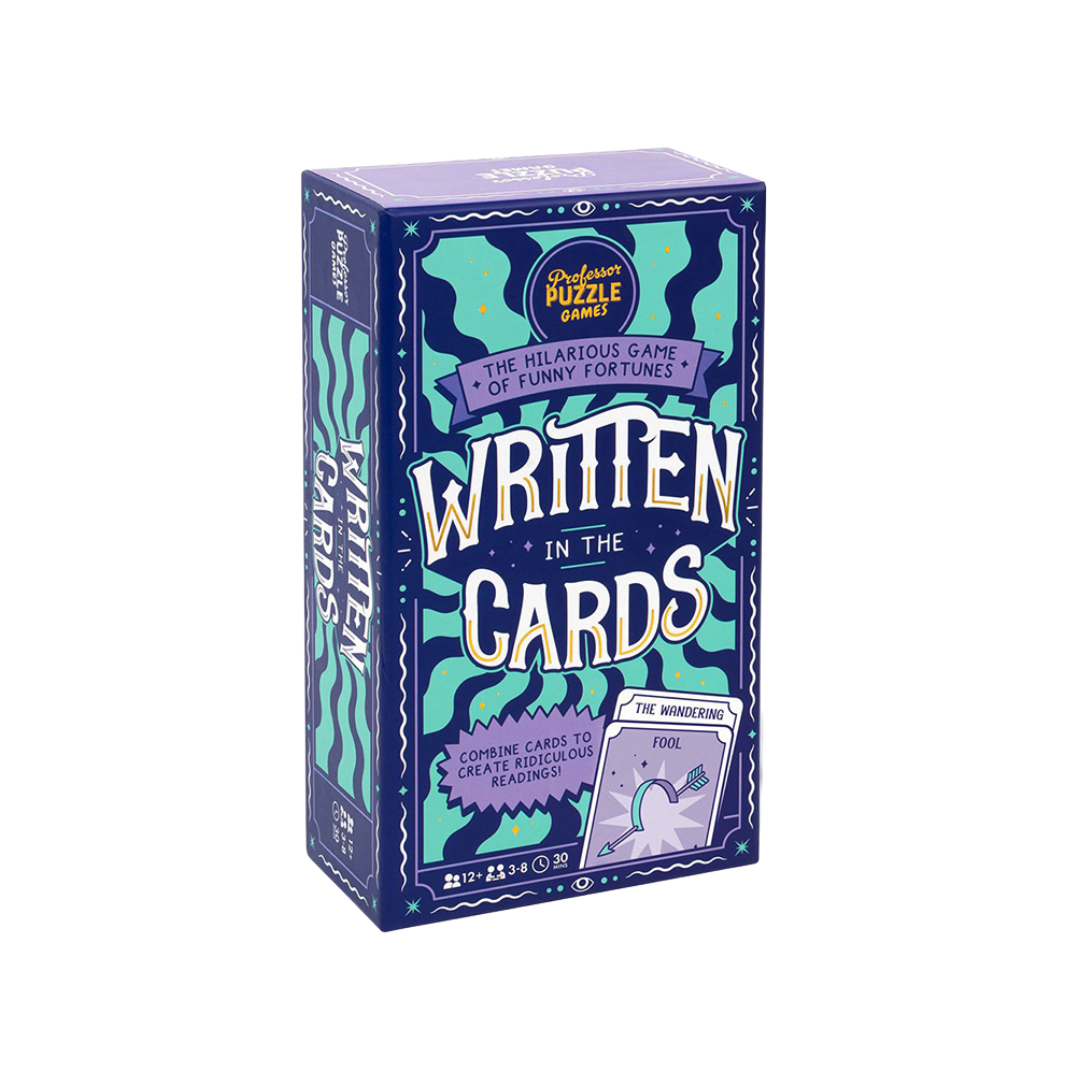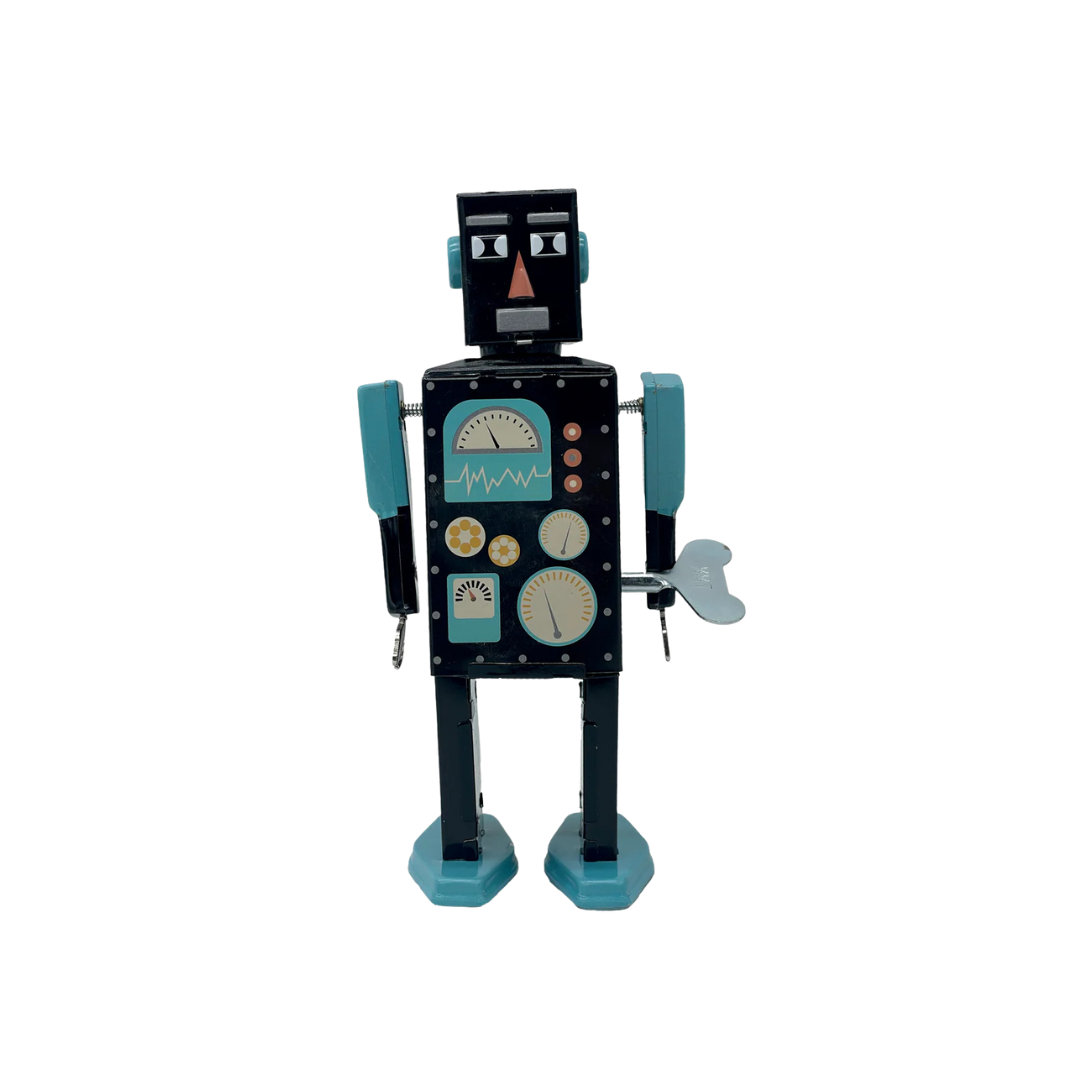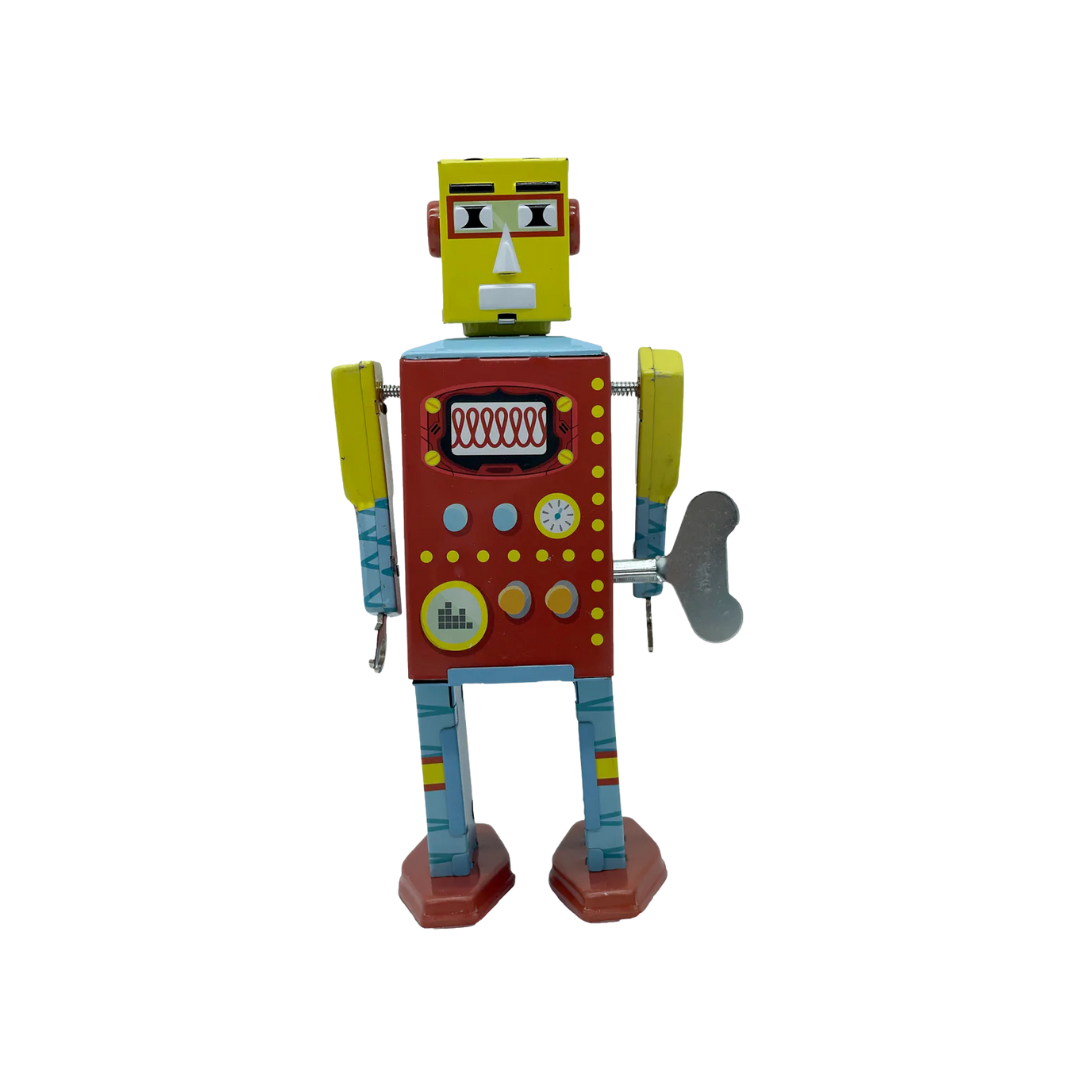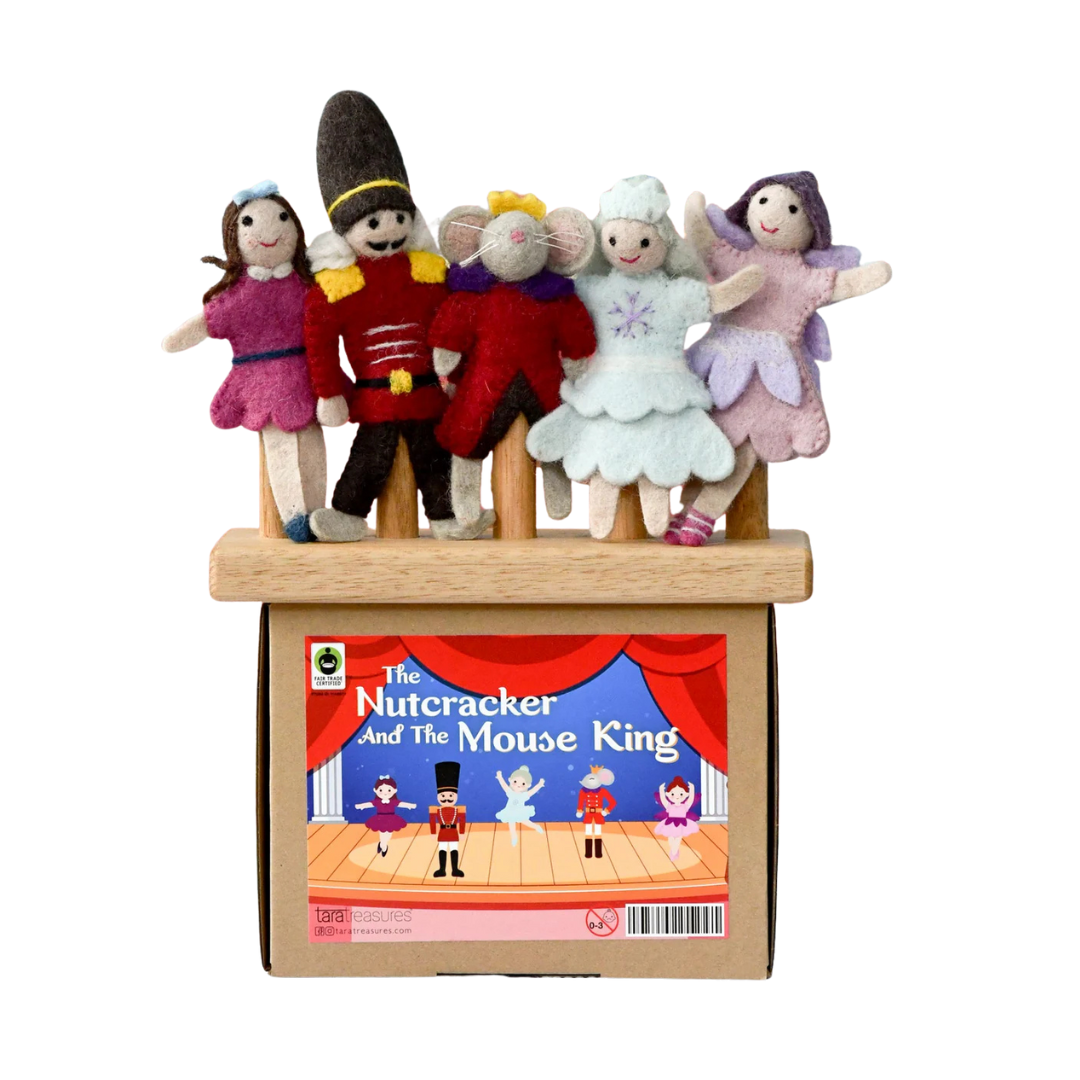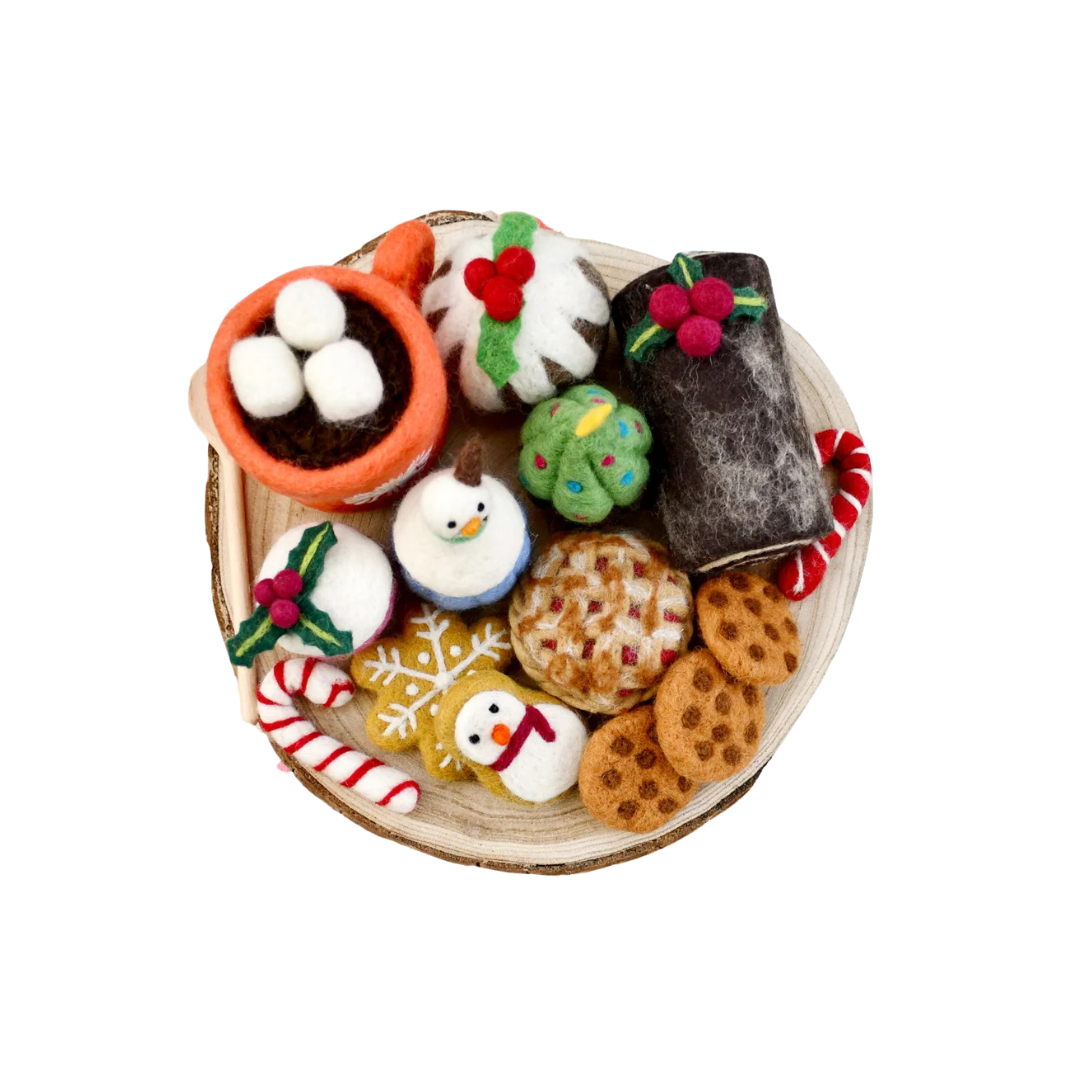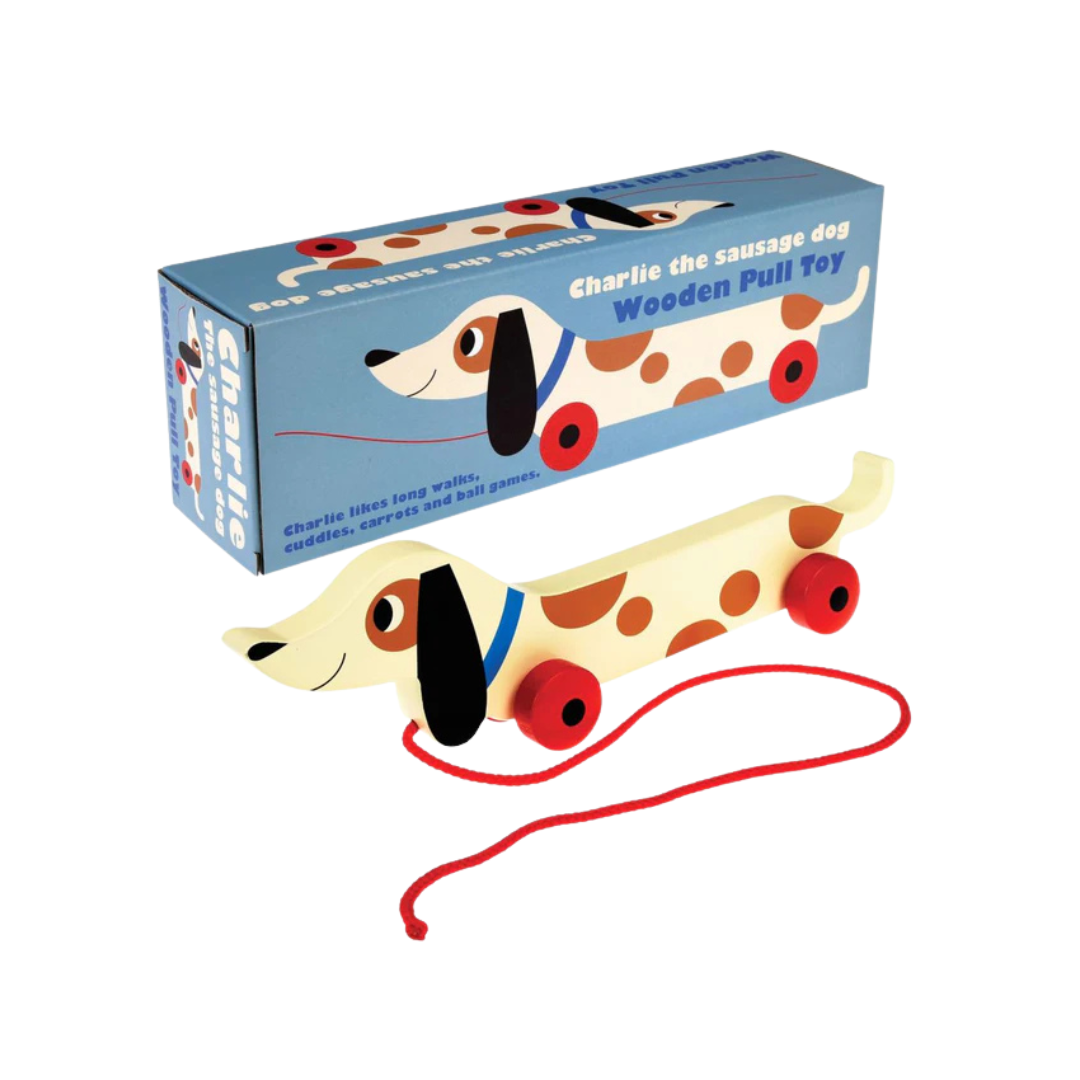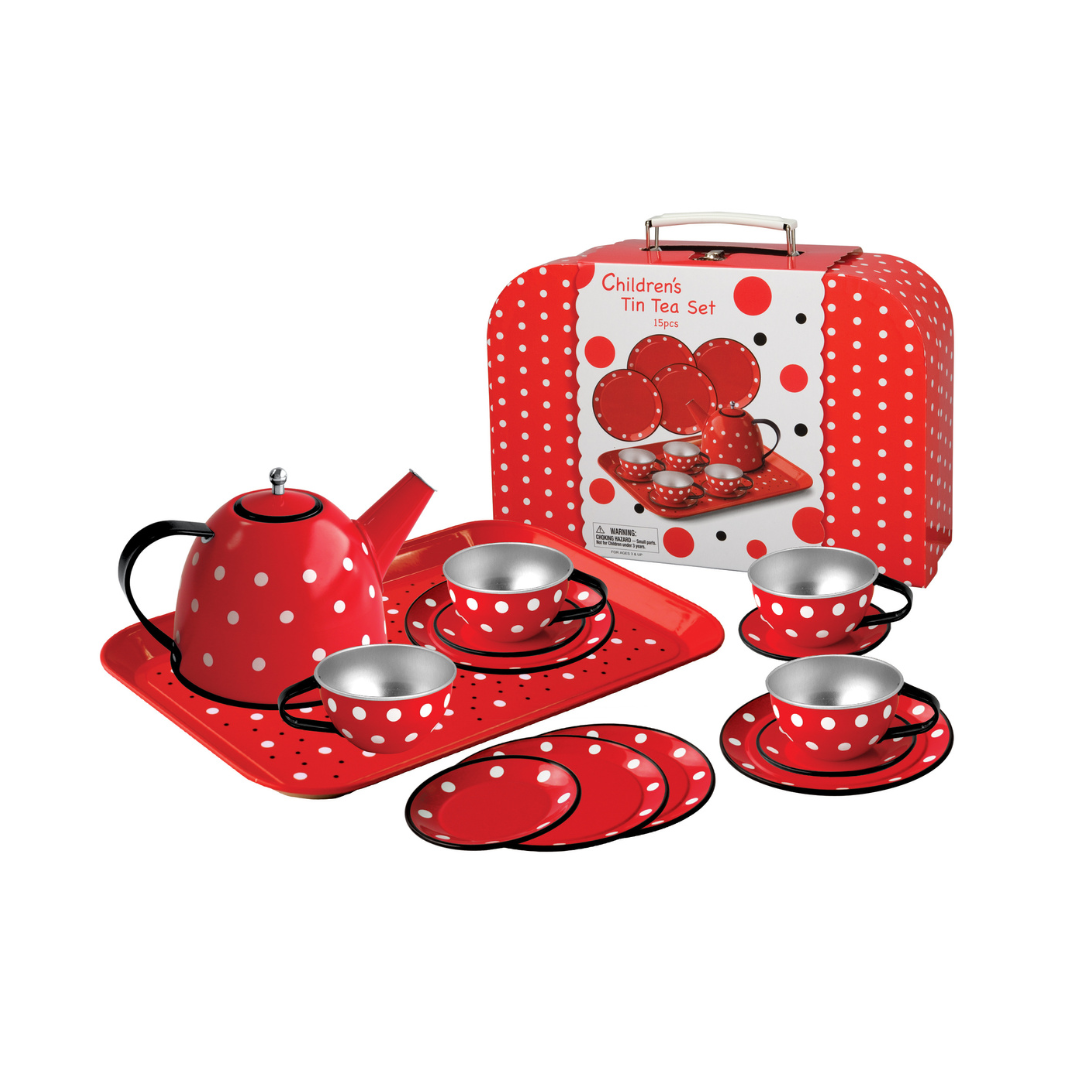Baby and Toddler Toys for Growth and Development
When choosing baby and toddler toys, it's essential to consider age-appropriateness, safety, and the developmental benefits they offer. Age-appropriate toys help babies in their early learning and development journey, and help toddlers to learn and grow, whilst keeping them entertained and engaged in meaningful play.
When choosing baby and toddler toys, it's essential to consider age-appropriateness, safety, and the developmental benefits they offer. Age-appropriate toys help babies in their early learning and development journey, and help toddlers to learn and grow, whilst keeping them entertained and engaged in meaningful play.
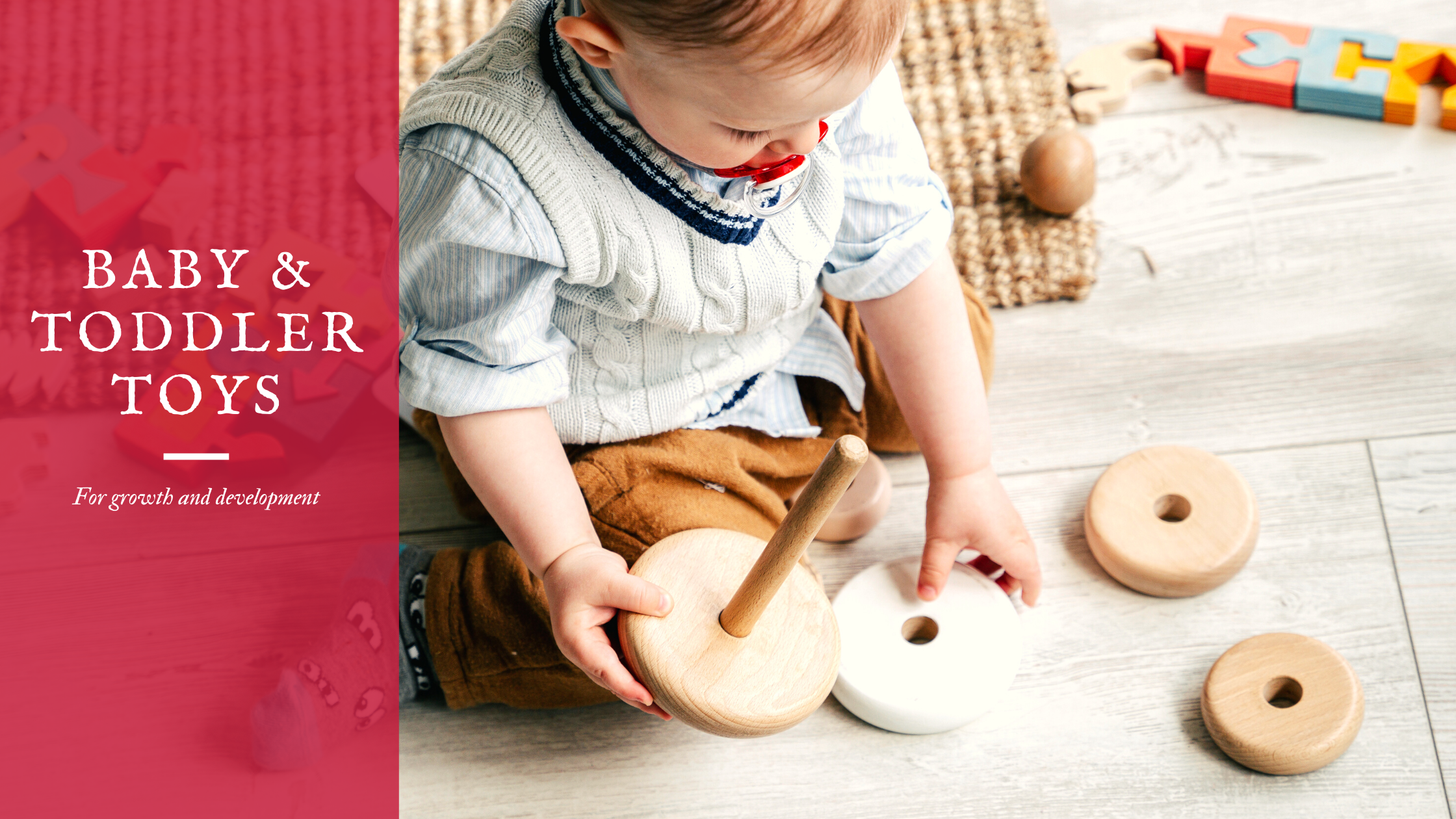
Baby toys play a crucial role in a child's early development, as they aid in stimulating their senses, motor skills, and cognitive abilities. These toys are designed to be safe, colourful, and engaging for babies, typically ranging from newborns up to toddlers.
Some common types of baby toys include:
Rattles: Simple and lightweight toys that make gentle sounds when shaken, helping babies develop their hand-eye coordination.
Soft Toys: Stuffed animals or plush toys provide comfort and companionship to babies while stimulating their sense of touch.
Stacking Rings and Blocks: Toys that can be stacked or nested, helping babies develop their fine motor skills and spatial awareness.
Shape Sorters: Toys that require babies to match shapes to corresponding holes, promoting problem-solving and hand-eye coordination.

Toddler toys are specifically designed to cater to the developmental needs and interests of children between the ages of 1 and 3 years. These toys help toddlers explore their world, develop essential skills, and engage in imaginative play. Some popular types of toddler toys include:
Push and Pull Toys: Toys with wheels that toddlers can push or pull, helping them develop their walking and balance skills.
Shape Sorters and Puzzles: Toys that require toddlers to match shapes or solve simple puzzles, enhancing their problem-solving abilities.
Building Blocks: Colourful and large building blocks that allow toddlers to stack, sort, and create structures, promoting creativity and fine motor skills.
Play Kitchen Sets: Miniature kitchen sets with pots, pans, and play food, encouraging imaginative role-playing and social skills.
Musical Instruments: Small musical instruments like drums, xylophones, and shakers that introduce toddlers to music and rhythm.
Stuffed Animals and Dolls: Soft and cuddly companions that provide comfort and support imaginative play.
Classic Toys | Wooden Toys
Wooden toys have been a constant in children’s lives in households across the world for centuries, never going out of fashion, and always in favour. You’d be hard pushed to find a child’s toybox without a classic, well-built wooden toy or keepsake hiding away, revisited time and time again
Wooden toys have been a constant in children’s lives in households across the world for centuries, never going out of fashion, and always in favour. You’d be hard pushed to find a child’s toybox without a classic, well-built wooden toy or keepsake hiding away, revisited and played with time and time again.
Long ago, in the Roman and Greek Empires, children often played with horses, chariots, dolls, swords, spinning tops and more - all expertly carved from wood.
Fun Fact: Archaeologists have found wooden toys that date back to around 1200BC.
One of the most interesting and significant wooden toy finds was by archaeologists in Egypt who found a wooden toy tiger built with moving parts, believed to be around 2500 years old. When the tail was pulled the mouth would open, which just goes to show the imagination that was put into wooden toys even thousands of years ago.
In Germany during the early 1700s toy makers began to make a variety of toys from all different types of wood, with travelling salesmen selling wooden toys from their horse and carts all over Europe. Many would take orders in advance for special occasions as the popularity for wooden toys grew. Wooden puzzles, transport vehicles, blocks, peg boards and pull along toys were among the most popular.
Pull alongs have been a popular variation of wooden toys since this time, but they haven’t always been made solely of wood. Other materials used to make pull along toys included clay, tin plate and cast iron.
Wooden pull along toys were first mass produced in 1875 in a factory in Massachusetts by the W.S. Reed Toy Company, along with wooden circus toys, sailing boats and paddle boats amongst others. They were best known for the bright colours of the graphics which were made by either lithographed paper glued to the wood or brightly coloured stamped designs. It was these bright colours that sealed the popularity of these simple, yet beautiful toys.
Skipping forward to the early 1900s wooden toy makers started to venture into making more intricate designs such as miniature animals, soldiers and doll houses complete with miniature wooden furniture, all painted in vivid colours and with lifelike details. The most popular wooden toy of them all evolved in the 1930s, with the introduction of wooden trains and train tracks, continuing to be a firm favourite a century later.
The Lego Corporation was surprisingly an early big player in the manufacture of quality wooden toys, before it commenced the production of the ever popular inter-locking plastic bricks. Kirk Christiansen began the now world-famous Lego Company out of his Danish workshop in 1932, with wooden toys being the very first theme from the Lego empire. Plastics were then introduced in 1940, and then finally the Lego that we are all familiar with today was released in 1949.
With the introduction of other plastic toys in the late 20th century, the low price of plastic mass production, and the introduction of electronics, sales of wooden toys saw a steep decline. That was however, until recent years.
There has been a steady increase in wooden toy sales over the last 5 years, as more and more eco-conscious parents are returning to the joy and simplicity of wooden toys.
Parents and grandparents realise that due to the cheap nature of plastic toys, they do not last as long as the more durable wooden toys. They last a few plays before breaking or being discarded, ending up in landfill, taking years to break down. People are now more aware that their production also contributes towards pollutants, and plastic in general is harmful to the environment.
Wood is a recyclable, natural material so it is much better for the environment than plastic. Wooden toys can take much more of a bashing, and you can still get generations of play out of them; a huge advantage … more bang for your buck!
Wooden toys are built solely to intrigue and inspire the imagination of the child playing with them. It is up to the child to decide how far their imagination will take them. There are no flashing lights or sounds interfering with their natural decision making ability or over stimulating them.
As wood is a natural tactile texture it stimulates a child’s senses as they touch it during play. It is said that playing with wooden toys provides a calm and relaxed environment and learning experience for your child.
In this instance, simplicity truly is best. Wooden toys are here to stay. Check out our huge range of wooden toys.
Classic Toys | Step Back in Time | Toys From The 1930s
The 1930’s in Australia were very tough, much like most of the industrialised world, with years of high unemployment, poverty and low profits. It wasn’t all doom and gloom though …
The 1930’s in Australia were very tough, much like in most of the industrialised world; with years of high unemployment, poverty and low income. Unemployment in Australia reached an all-time high of around 30% in 1932. This period of time was called The Great Depression and it all began with the Wall Street Crash of 1929 – also known as Black Tuesday which affected the entire global economy. It wasn’t all doom and gloom though …
Australia had two great sporting heroes during the Great Depression; Phar Lap and Don Bradman.
Phar Lap, a thoroughbred champion horse dominated the racing scene in Australia during this time, winning the Melbourne Cup in 1930, the Craven Plate in 1929, 1930 and 1931, the Underwood Stakes in 1931, the Hill Stakes in 1930 and 1931, and many more. At the time of his death, Phar Lap was the third highest stakes-winner in the world.
Fun Fact: Phar Lap’s heart is actually on display at the national Museum of Australia. YUCK!
The other sporting great is non-other than the famous cricketer Sir Donald Bradman, or ‘The Don’ as he was affectionately known. ‘The Don’ rose to fame during the Great Depression and was soon dubbed the ‘greatest batsman who ever lived’ and the greatest cricketer of the 20th century, with a test batting average of 99.94; the greatest achievement by any sportsman in any major sport.
‘The Don’ moved with his parents when he was two and a half years old to Bowral, in the Southern Highlands of NSW, (just down the road from us!). There is now a Museum at the cricket oval in Bowral dedicated to Sir Donald Bradman, and very aptly named Bradman Oval.
Fun Fact: ‘The Don’ used to practice his cricket skills against a water tank with a golf ball and cricket stump as times were tough.
Sporting greats kept spirits up, whilst Australia and the rest of the world were greatly affected by the Great Depression. Toys were not readily available, as many families simply could not afford them. Most toys in the era of the Great Depression were handmade out of scrap wood, such as alphabet blocks, cars, animals, dolls and farm houses.
Fun Fact: Flour mills started using pretty fabric for their flour sacks when they realised that many families were clothing their children in them, as well as making dolls from the fabric.
Children mostly played with anything that they could find and used their imagination, (not like today where children just download video games like Minecraft or Fortnite onto their Xbox or PlayStation!).
Another feat of the imagination, the Harbour Bridge awed the world, when it opened in Sydney in 1932. Designed and built by British firm Dorman Long and Co., the Harbour Bridge, now heritage-listed, is the sixth longest spanning arch bridge in the world. It is the tallest steel arch bridge, measuring a whopping 134 m from the top down to the water level. The bridge took six years to complete after the first concrete piers were put in their place in 1926, and has become one of Australia’s biggest icons, recognisable by almost everyone around the world, and dubbed ‘The Coathanger’.
Another world first was when FM broadcasting radio was invented by Edwin Howard Armstrong in 1933, becoming an instant success with music like Jazz and Blues leading the way for the majority of the decade. Towards the end of the decade Swing Jazz took over and paved the way into the 1940’s. Jazz and Blues performers like Fred Astaire, Count Basie, Billie Holiday and Duke Ellington all owned the thirties music scene.
Radio and film were greatly loved during the 1930’s with a huge amount of (now classic) movies being released. Walt Disney’s Snow White and the Seven Dwarfs was brought to the big screen on December 21st 1937, just in time for Christmas. This led to children playing with Snow White themed toys like jigsaw puzzles, 7 Dwarf figurines and Snow White dolls.
Fun Fact – Walt Disney was afraid of mice!
In 1939 The Wizard of Oz was released, starring Judy Garland as Dorothy Gale. The fantasy adventure film was nominated six times for an Academy Award, but lost out to Gone with the Wind which took out ten awards. Even though The Wizard of Oz didn’t receive any Academy Awards, it did get awarded for best original song for ‘Over the Rainbow’, which still sends hearts soaring today, way up high!
The biggest movie star of the 1930s was child star Shirley Temple. At just six years old, Shirley Temple was the first ever celebrity to have a doll named and styled after her. Shirley Temple made over 30 movies in her acting career, with the movie Heidi being a strong family favourite. On December 28, 1934 the movie Bright Eyes was released, featuring Shirley’s signature song ‘On the Good Ship Lollipop’, which led to 500,000 sheet-music copies being sold! In February 1935 Shirley Temple was the first child star to be honoured with a miniature juvenile Oscar for her accomplishments within the film industry.
Fun Fact: In 1933, a man by the name of Richard M Hollingswood built a prototype drive-in movie theater in his own driveway, attracting a lot of attention!
In 1935, when the world was just starting to rebuild after the Great Depression, the original board game version of Monopoly was published by Parker Brothers. Over the years the rules and board have changed considerably, with the copyright of the game also changing hands a few times. Parker Brothers and its parent company Hasbro continue to hold valid trademarks, along with Waddingtons in the UK. Sales have continued to soar through the decades and Monopoly has since gone on to be licensed in over 103 countries and released in over thirty-seven languages. There are now a wide range of different versions available, such as an Australian version (featuring a classic meat pie and BBQ), The Simpsons, Pokémon, Stranger Things, Star wars, Star Trek, The Walking Dead and Game of Thrones. Channel 9’s hit TV show The Block has also jumped on the Monopoly bandwagon, releasing The Block Special Edition just in time for Christmas.
It seems that anything that makes it big on the TV screen now has a Monopoly game themed after it. 2018’s hottest video game Fortnite, (which has taken the world by storm with its online platform) even has a Monopoly board themed after it. You can battle opponents, claim locations and avoid ‘The Storm’ to survive. Monopoly has certainly come a long way since its release in the 1930s!
The 1930s was certainly a decade of great ups and downs, and one that certainly shaped history and what came after it.
Classic Toys | Jacob's Ladder
Our Jacob’s Ladder is a traditional wood and lace click-clack toy and is a timeless classic, and a perfect edition to any toy collection. The Jacob’s Ladder is the original fidget spinner, perfect for busy hands.
Our Jacob’s Ladder is a traditional wood and lace click-clack toy and is a timeless classic, and a perfect edition to any toy collection. The Jacob’s Ladder is the original fidget spinner, perfect for busy hands.
The true origin of this classic toy, which produces visual and kinetic illusion is a mystery, however many believe that the toy finds its origins in China. We do know however that it received its earliest toy review in a 1889 American scientific article, describing the magic behind the mechanics.
In the 1700’s a Japanese polymath constructed one which was called Gennai’s Wondrous Click-clack; a name that is still around today. Another popular variation of this classic toy was an American 1940’s version, which had an indentation for a penny to disappear & re-appear.
Wherever it came from, the Jacob’s ladder is here to stay!
Classic Toys | Yo-Yo
In 1928 Pedro Flores, a Filipino immigrant opened the first ever yo-yo (also known as yoyo) manufacturing company in Santa Barbara, USA. By the end of the following year an additional two factories had been built to maintain the popularity of this toy, turning out 300,000 yo-yos daily!
In 1928 Pedro Flores, a Filipino immigrant opened the first ever yo-yo (also known as yoyo) manufacturing company in Santa Barbara, USA. By the end of the following year an additional two factories had been built to maintain the popularity of this toy, turning out 300,000 yo-yos daily!
Although Flores was the first man in history to build a yo-yo factory, popularise and distribute Yo-yos across the globe he was not however the first man to design the yo-yo.
The first mention of the yo-yo goes way back to ancient Greece in the year 500 BC; these ancient toys were made out of various different materials such as terracotta clay, metal or wooden discs and were simply just called ‘a disc’. There was an ancient Greek custom that when a child turned a certain age they would offer toys of their youth to the Gods as a gift. Discs made from terracotta where often used as gifts for the Gods rather than play, due to the fragile nature of terracotta.
There have been many historical artworks found depicting people of all ages playing with Yo-yos, from Australia, Egypt and India, travelling through the ages to the upper classes of France and Scotland, before making its way to England.
In 1815 Napoleon and his army are known to have been seen playing and relaxing with yo-yos before the famous battle of Waterloo.
Here at The Vintage Toy Box we stock several different traditional styles of yo-yos, all made from solid wood and beautifully painted. There are so many tricks you can learn and master with yo-yos including walk the dog, around the world, the sleeper and many more. This simple toy, inspired by ancient civilisation will keep the young and old entertained for hours.










